




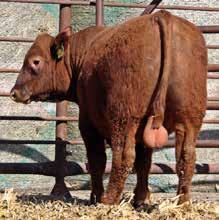

April 8, 2025
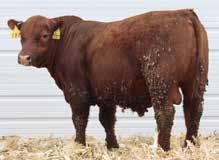

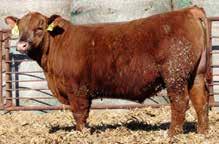
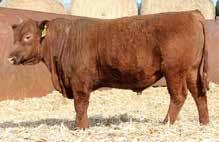
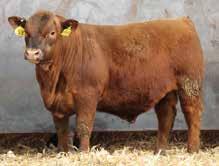
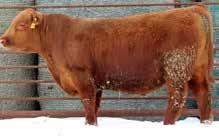
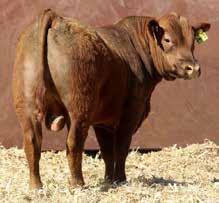

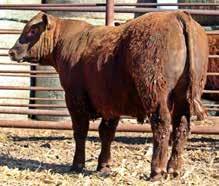

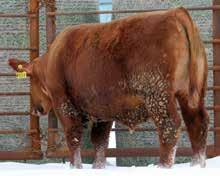


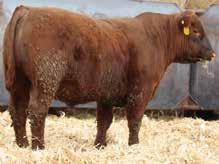

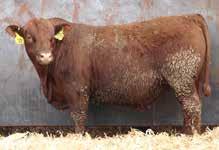

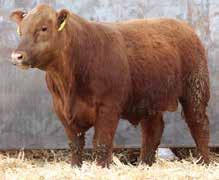


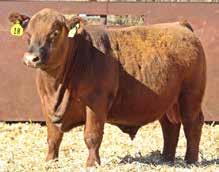

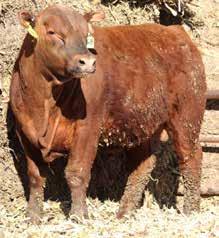
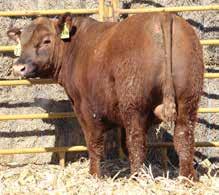
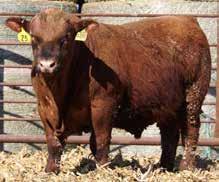
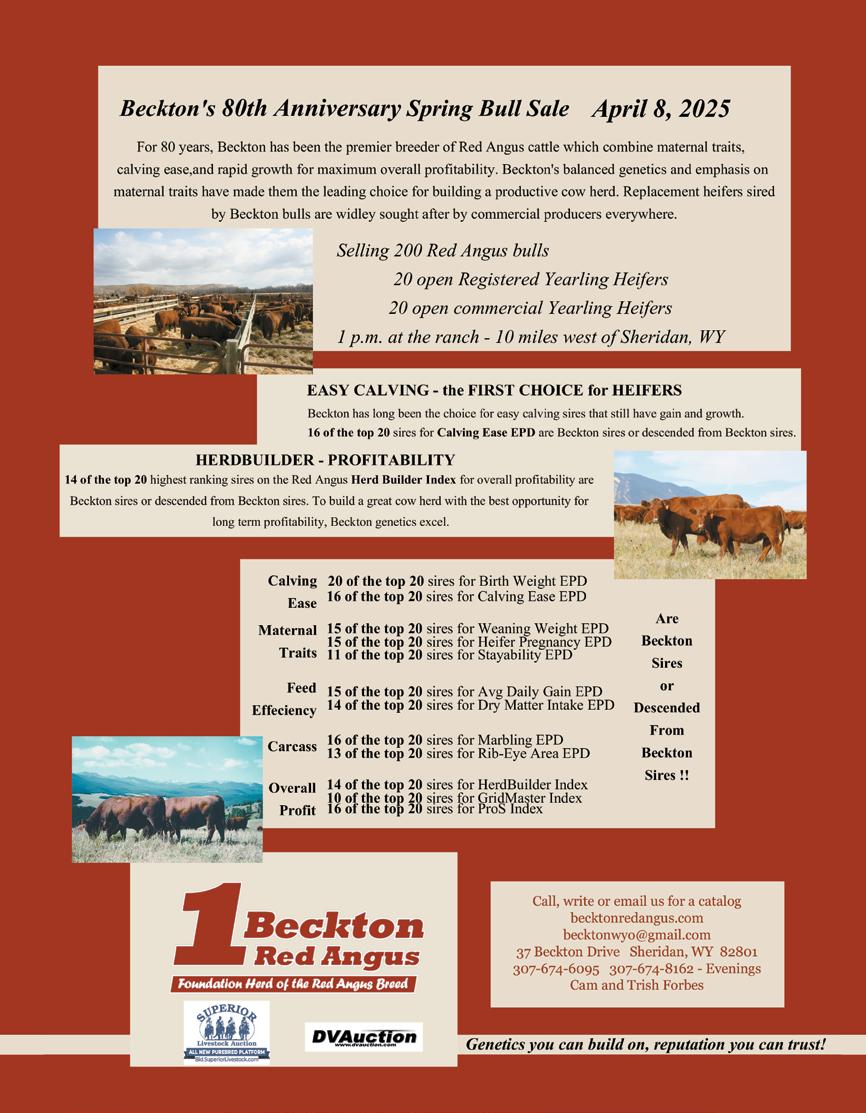
Official Publication of the Red Angus Association of America Volume 61, Number 4
18335 E 103rd Avenue, Suite 202 Commerce City, CO 80022 940-387-3502 • Fax 888-829-6069 RedAngus.org
Publisher/Advertising Director Tracey Koester 701-391-5440 • tracey@redangus.org
Editor Maclaine Shults-Mauney 785-448-0239 • maclaine@redangus.org
Subscriptions and Circulation Christi Mangusso 940-387-3502, Ext. 7 • email: christi@redangus.org
Affiliated with National Cattlemen’s Beef Association Beef Improvement Federation U.S. Beef Breed’s Council National Pedigreed Livestock Council
GENERAL INFORMATION
Published 10 times annually by the Red Angus Association of America at the national headquarters (18335 E. 103rd Ave., Suite 202, Commerce City, CO 80022). A non-political magazine dedicated to the promotion and improvement of breeding, feeding and marketing Red Angus cattle. Subscription rate: U.S., 1 year - $30; 2 years - $50. Canada and Mexico, 1 year - $44, 2 years - $82 (Payable in U.S. Funds Only). International Air Mail, 1 year - $55; 2 years - $100 (Payable in U.S. Funds Only). These rates are based on Third Class Bulk mailed from Jefferson City, Missouri. Add $20 per year for First Class.
EDITORIAL AND ADVERTISING POLICY
Advertising and editorial content are not limited to any particular class of product or subject matter. However, we reserve the right to refuse publication of any material not within the bounds of high agricultural ethics. While we devote the utmost care to the preparation of each advertisement, we cannot be held responsible for ads received after the ad deadline. Furthermore, the accuracy and content of copy received over the telephone is entirely the responsibility of the advertiser. No adjustment for incorrect ad copy will be considered for ads that are received after the ad deadline or that are placed over the telephone.
All unused reserved advertising space that is not canceled by the advertising deadline will be billed to the advertiser.


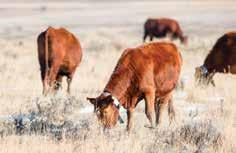


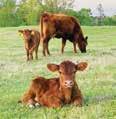
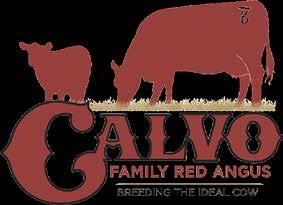

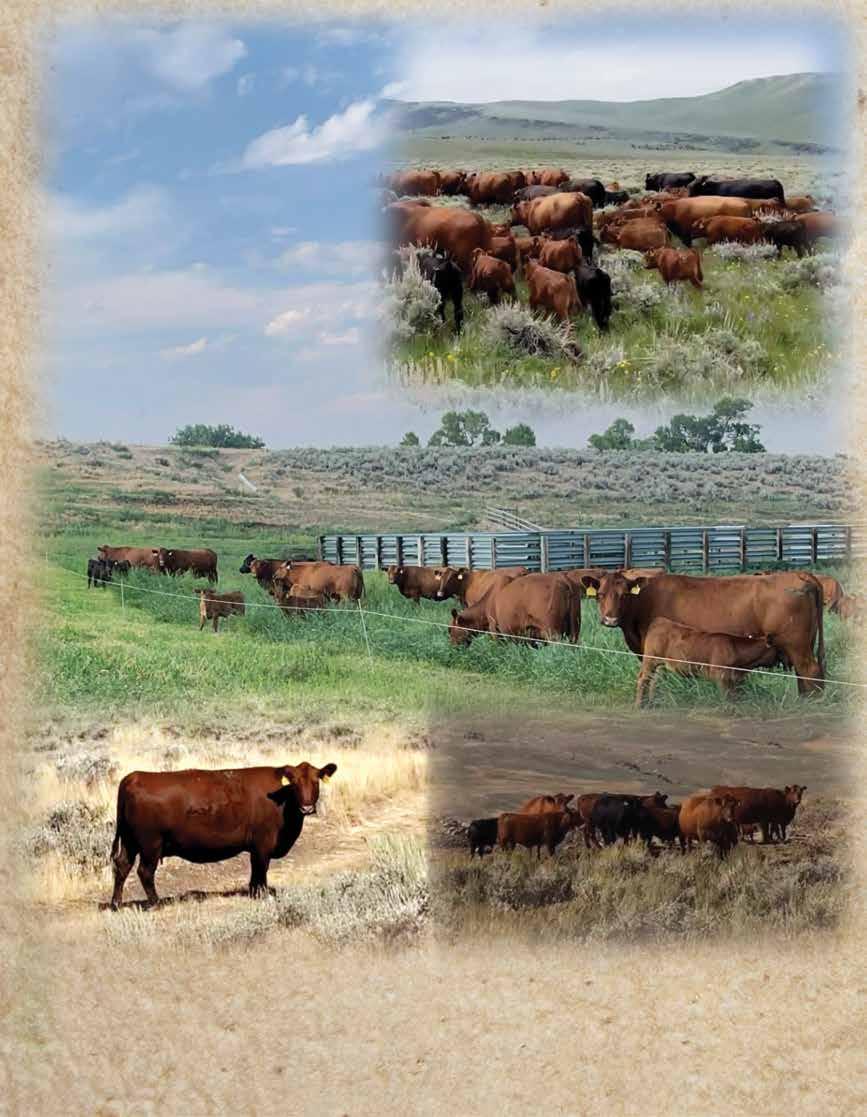
PRESIDENT
Kyley DeVoe | Justin, Texas kyley@3klandandcattle.com
FIRST VICE PRESIDENT
AREA 4 DIRECTOR - SOUTHWEST
Tony Ballinger | Morgan Mill, Texas anthony.ballinger@adm.com
SECOND VICE PRESIDENT
AREA 7 DIRECTOR - NORTHEAST
Rob Hess | Hershey, Pennsylvania hessfarm@verizon.net
TREASURER
REGION C DIRECTOR
Jeff Pettit | Sebree, Kentucky jeff@diamondpcattle.com
AREA 2 DIRECTOR - MONTANA BOARD SECRETARY
Kay Klompien | Manhattan, Montana klmpnra@gmail.com
REGION A DIRECTOR
Keith Hickle | Auburn, Washington keith.a.hickle@gmail.com
REGION B DIRECTOR
Craig Bieber | Leola, South Dakota craig@bieberredangus.com
AREA 1 DIRECTOR - WEST
George Murdock | Pendleton, Oregon murdockcattle@gmail.com
AREA 3 DIRECTOR - ROCKY MOUNTAIN
Aaron Kravig | Karval, Colorado akravig@kravigredangus.com
AREA 5 DIRECTOR - NORTHERN PLAINS
Stephanie Jung | Mina, South Dakota lazyjbarranch@yahoo.com
AREA 6 DIRECTOR - GREAT PLAINS
Jason Anderson | Oberlin, Kansas jasonea9@hotmail.com
AREA 8 DIRECTOR - SOUTHEAST
Jim Yance | Columbia, Alabama jim@jyjredangus.com
AREA 9 DIRECTOR - MIDWEST
Will Andras | Manchester, Illinois andras@irtc.net
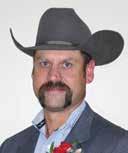
by Jim Yance, Area 8 Director, Southeast
Greetings from southeast Alabama! As I write this, we’ve experienced several days of rain which fell on already wet ground. Here on our operation, calving season is just about over. I’m always excited to see the new crop hit the ground and look forward to the first calf being born every year. As the years go by, I’m equally excited to know when the last calf has hit the ground. This leads us to the main topic – reproduction.
We’ve all read or heard that reproduction and fertility are the most important profit driver for a cow-calf operation. It’s also the first thing that’s negatively impacted when things get challenging for the cow. There are a lot of different ways to help with total reproduction in the cow herd. Starting with a strong mineral and nutrition program, and understanding that all minerals are not created equal.
Use a mineral that fits your part of the country. Keep it available year-round, possibly changing to seasonal formulas to match calving and breeding season and the forages available. Be diligent in parasite control – both internal and external. It was once said the best time to deworm cattle is the hottest day of the year and the coldest day of the year. Vaccinate and booster replacement heifers before breeding and booster cows annually (45 days before bull turn out or before an AI project).
It’s easier to manage the cow herd’s nutritional needs if they’re all on the same schedule. The best way to do this is by having a short breeding season, which makes for a short calving season.
Selecting for fertility is key. Select heifers that breed early in the first or second cycle. This will pay off dividends as they grow and move into the mature cow herd. Implementing an AI program is another way to ensure more heifers and cows are bred in the first 45 days of the breeding season.
“If you have more calves born early in the calving season, you will have more weight to sell at weaning.”
With the advancements in technology and synchronization protocols available, artificial insemination has become a great tool to advance genetics within a herd and overall profitably. If you’re like most operations, you probably sell by the pound. If you have more calves born early in the calving season, you will have more weight to sell at weaning. From the first to the last calf born, you could easily see a difference of well over 100 lbs.!
Staying on top of reproduction efficiencies can be challenging as we juggle other things. Making a yearly calendar helps. Once a program is in place, it becomes second nature. If you’re experiencing low pregnancy rates, something is going on within your herd. Reach out to your veterinarian, nutritionist or your local Extension beef specialist for help. If you’re interested in learning more about advancements in beef cattle reproduction, I like to reference the Mizzou Repro – Reproductive Management of Beef Cattle website at https://extension.missouri.edu/programs/mizzou-repro-reproductive-management-of-beef-cattle. Best wishes for a successful spring! //



18335 E. 103rd Ave., Suite 202
Commerce City, CO 80022
940-387-3502 | FAX 888-829-6069 info@redangus.org | RedAngus.org
CHIEF EXECUTIVE OFFICER
Tom Brink Ext. 4 | tombrink@redangus.org
EXECUTIVE DIRECTOR OF OPERATIONS
Halla Ramsey Ext. 10 | halla@redangus.org
DIRECTOR OF BREED IMPROVEMENT
A.J. Knowles Ext. 39 | AJ@redangus.org
REDSPRO & REGISTRY TEAM LEAD
Kaitlyn Fulmer
Ext. 6 | kaitlyn@redangus.org
REDSPRO & REGISTRY SPECIALIST
Katie Scott Ext. 1 | katiescott@redangus.org
MEMBER SERVICES SPECIALIST
Stephanie Essegian Ext. 26 | stephanie@redangus.org
DNA PROGRAMS MANAGER
Ariana De La Garza Ext. 24 | ariana@redangus.org
DNA CUSTOMER SERVICE SPECIALIST
Julia Sanderson Ext. 14 | julia@redangus.org
DNA CUSTOMER SERVICE SPECIALIST
Andi Inmon Ext. 5 | andi@redangus.org
DATABASE AND REGISTRATION CONSULTANT
Kenda Ponder Ext. 15 | kenda@redangus.org
DIRECTOR OF EDUCATION
Kim Heller, Ph.D. 515-851-2019 | kim@redangus.org
DIRECTOR OF COMMUNICATIONS
Katie Martin Ext. 16 | katiemartin@redangus.org
PUBLISHER & ADVERTISING DIRECTOR
Tracey Koester
701-391-5440 | tracey@redangus.org
DIGITAL MEDIA SPECIALIST
Trisha Klement Glassinger 580-775-5090 | trisha@redangus.org
EDITOR & WRITTEN CONTENT SPECIALIST
Maclaine Shults-Mauney
970-234-9685 | maclaine@redangus.org
SHOW SPECIALIST
Erin Dorsey 970-396-5420 | erin@redangus.org
ACCOUNTING DIRECTOR
Janet Russell Ext. 11 | janet@redangus.org
MEMBERSHIP & ACCOUNTS RECEIVABLE
Christi Mangusso Ext. 7 | christi@redangus.org
JUNIOR PROGRAM COORDINATOR
Taylor Dorsey 970-397-0356 | taylordorsey@redangus.org
RECEPTIONIST
Tabitha Romero Ext. 3 | receptionist@redangus.org
Commercial Marketing Team and Value-Added Programs staff is on page 8

by Tom Brink, RAAA Chief Executive Officer
Even in a high calf market, just getting your heifers and cows pregnant is not enough. The marketplace has become increasingly discriminating. Buyers understand that calf crops are not created equal. Some are better than others, with huge variation from best to worst.
For profit-minded ranchers, not just any calf will do. The goal should be to create valuable pregnancies that yield high-end replacement females and marketable feeder steers. Using a registered Red Angus bull, whether through artificial insemination or natural service, meets those objectives. Registered Red Angus bulls can do both. Here’s how:
First, by using a registered Red Angus bull, you know what you’re getting. Fewer surprises are almost always a good thing. Registration papers provide documentation about pedigrees and a long list of important performance traits.
Need to be confident you will get the level of calving ease and growth you seek? A registered Red Angus bull, especially with genomically enhanced EPDs, can do that. Hoping to produce heifer calves that excel in maternal traits like Heifer Pregnancy and Stayability? The right registered Red Angus bull makes it happen.
More often than not, non-registered bulls pose an unpredictable risk. You can’t be sure of the traits they’ll introduce or if they’ll add or subtract value from your herd. They may cost less upfront, but without knowing how their calves will perform, the cost of owning them while they sire a few low-value calf crops could be staggering. The adage, “You get what you pay for,” certainly applies to beef breeding stock. A big part of what is paid for in a registered Red Angus bull is greater knowledge of what that animal will be like as a breeding input.
Higher levels of knowledge lead to better decisions and, over time, better results. Low levels create a cycle of poor decisions, weaker results, less revenue and potentially an operational hole that is hard to dig out of. Using registered bulls provides more genetic knowns and puts cow-calf producers on a path toward progress with fewer missteps.
Second, by using a registered Red Angus bull(s) transferred into your farm or ranch name, additional marketing opportunities become available. The Red Angus Feeder Calf Certification Program is well known in the beef industry and puts a favorable identity on enrolled feeder calves that feedlot buyers and packers appreciate. FCCP-tagged calves are verified to be at least 50% Red Angus (genetically Angus), and we all know consumers love Angus beef.
In a 2022 study by Midan Marketing, 30% of beef consumers recognized the ‘Angus’ name and associated it with high-quality beef. When commercial producers enroll their Red Angus-sired feeder calves in FCCP, they verify breed content and inform buyers that their calves are genetically Angus. Guesswork is removed because calves now carry a label that more accurately describes their genetic makeup.
For females, FCCP-tagged heifers guarantee buyers get the industry’s most favored female. Appearance provides some information, but verified programs like FCCP go beyond superficial traits and registered Red Angus sires are required for enrollment. //
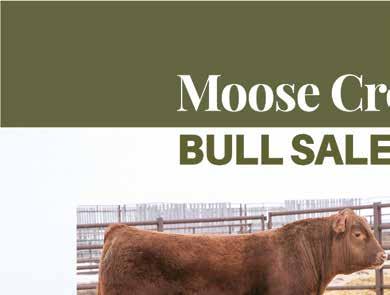
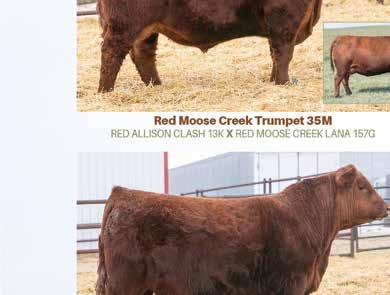
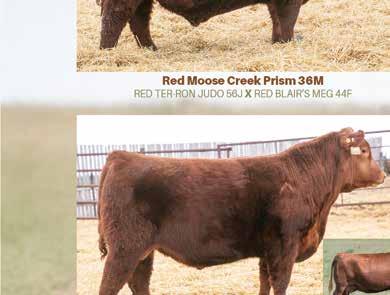
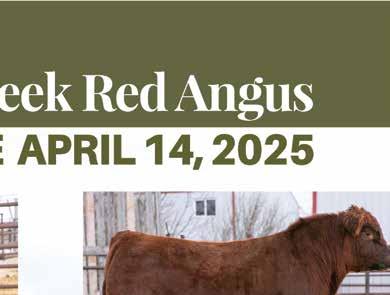
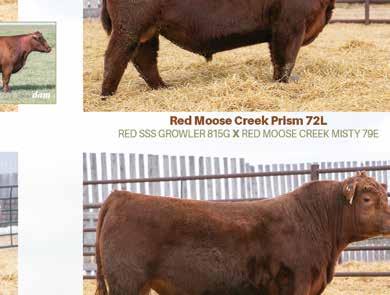


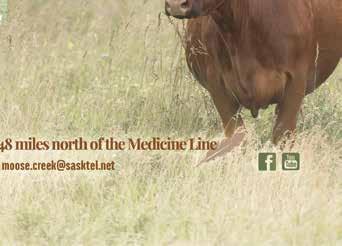
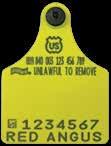
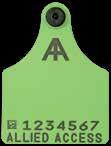
DIRECTOR OF COMMERCIAL MARKETING
Kelly Smith
417-855-9461 | kelly@redangus.org
COMMERCIAL MARKETING SPECIALIST Cory Peters | cory@redangus.org 402-418-2351
COMMERCIAL MARKETING SPECIALIST
Taylor Ohlde | taylor@redangus.org 913-626-2715
VALUE-ADDED DEPARTMENT TEAM LEAD
Jeananne Drouhard Ext. 18 | jeananne@redangus.org
VALUE-ADDED PROGRAMS SPECIALIST
Lauren Weingardt Ext. 20 | laurenweingardt@redangus.org
ENROLL IN VALUE-ADDED PROGRAMS AND ORDER TAGS: tags@redangus.org 940-477-4593
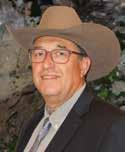
by Kelly Smith, Director of Commercial Market
Centuries ago, as settlers and European immigrants moved west across the United States, the cattle industry was born on the plains of middle America. The vast grasslands ignited an industry that evolved into today’s beef cattle and meatpacking sectors.
As the land was settled, owning animals became a source of both pride and wealth. With ownership came the need to identify stock, whether on private land or in free-range grazing.
Historically, this identification process was no small task, leading to the age of branding cattle – a key element of husbandry and herd management.
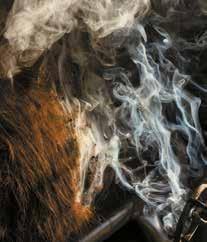
Branding has long been a legal means of owner identification.
Branding came with restrictions and laws. Many states had, and still have, branding regulations, complete with registered brand books to determine ownership. It’s safe to assume there were plenty of debates over how it should be done and whether anyone had the right to dictate those methods.
Today, as the cattle industry moves toward wider adoption of the EID system, it’s not without controversy – much like when branding laws first took hold centuries ago. However, we need to consider what EIDs truly offer: They are, in many ways, the “new branding iron.” EIDs track ownership and maintain records on individual cattle with efficiency unheard of in traditional systems.
The Red Angus show list informs feedyard managers, order buyers and other interested parties of Red Angus-influenced cattle. Producers can market feeder or finished cattle through this free service when selling through a sale barn, video auction or private treaty. The weekly show list is emailed to potential buyers through the Red Angus FeederFax email service. To upload information about cattle or to view cattle available, visit RedAngus.org/showlist.
To receive the weekly FeederFax marketing service that will highlight that week’s show list, please email tags@redangus.org.
When data is collected via a scanner rather than human record-keeping alone, accuracy improves dramatically by eliminating human error. Speed and efficiency also play a critical role in deciding whether to use EIDs. Some producers worry it’s a government program foisted upon us, but if you’re concerned about oversight, ask yourself whether you use a cell phone. My opinion – tracking your operation via a handheld device is far easier than doing so with EIDs.
In practice, EIDs have proven extremely useful when properly implemented. An example is the new Sustainable Beef Plant opening in North Platte, Nebraska, which requires all cattle to have an EID tag upon arrival. This will be the most modern plant in the world, expecting to pay a competitive price for fed cattle. That system is built on efficiency, highlighting how EIDs can be as revolutionary as the original branding iron. Controversy aside, this new technology is worth embracing.
One way to do this is by working with our value-added department and participating in the 30-year-old Feeder Calf Certification Program, a proven age, source and genetic verification system. New technology is a blessing and we just need to integrate it in a way that makes operations more efficient.
Before long, EIDs will no longer be the exception but the industry standard. //
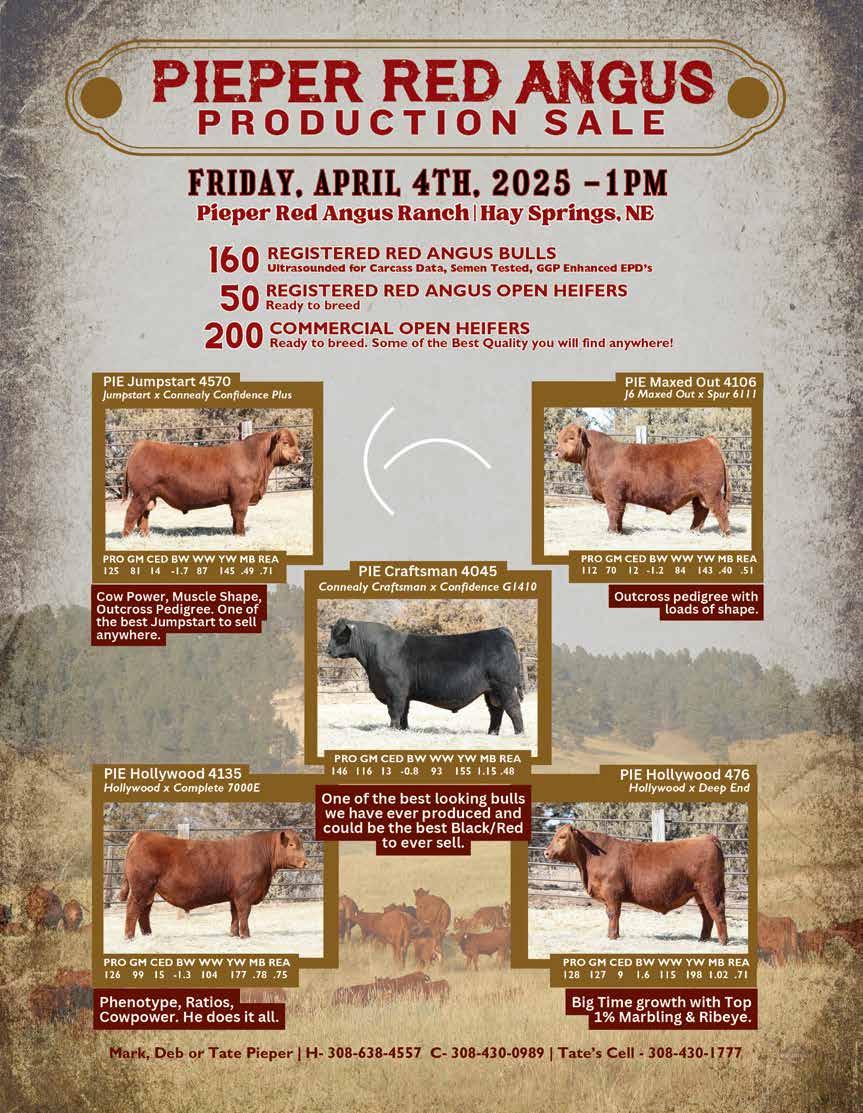

By Katie Martin, Director of Communications
The Red Angus Association of America hosted a reception on Thursday, Feb. 6, following the conclusion of the NCBA Trade Show at the Henry B. Gonzalez Convention Center. More than 50 attendees gathered to learn about an innovative fed cattle grid pricing system that offers competitive premiums for upper twothirds Choice Angus carcasses.
Tom Brink, RAAA CEO, shared that Sustainable Beef LLC – a new beef processing plant slated to open in April 2025 in North Platte, Nebraska – will implement the innovative grid. Notably, the grid is unique in that it equally rewards Red Angus, black Angus and smoky cattle.
“This grid pricing system could have a ripple effect throughout the industry, starting with the feeder calf market,” Brink explained. “Backgrounders and feedlots supplying cattle to Sustainable Beef can confidently pay the same amount for Red Angus and black-hided feeder cattle, knowing they will be rewarded equally for quality.”
Brink emphasized that Sustainable Beef’s grid will be among the most competitive in the industry for finished Red Angus-influenced cattle. He also underscored the strong partnership between RAAA and Sustainable Beef.
“We are committed to helping Sustainable Beef source high-quality Red Angus cattle and ensuring their success,” he stated.
Kelly Smith, RAAA director of commercial marketing, detailed the organization’s efforts to prepare for the anticipated demand resulting from Sustainable Beef’s opening.
“Our commercial marketing team has been building a feeder cattle network to connect Red Angus feeder cattle with feedlots that market their finished cattle to Sustainable Beef,” Smith explained. “North Platte is ideally situated for a beef processing plant, at the heart of cattle feeding territory and with all the necessary resources.”

Smith illustrated this point by referencing a map showing a 500-mile radius around North Platte. He also noted that cattle enrolled in
the RAAA’s Feeder Calf Certification Program are well-suited for Sustainable Beef. All cattle processed at the plant will be required to have an EID tag, and FCCP-tagged cattle meet the genetic verification requirements for the “Angus” label.
Mark Nelson, director of cattle procurement for Sustainable Beef, articulated the company’s commitment to a sustainable model for producers. “We in the beef industry aren’t going to let anyone else define sustainability for us,” Nelson said. “We believe sustainability encompasses economic, environmental and community components.”
“Cattle producers have a long history of economic sustainability and environmental stewardship is inherent in their practices,” he continued. “Sustainable Beef meets community sustainability standards by providing an exceptional work environment. With one shift, a spacious workspace and state-of-the-art facility, we’ll be the best packing plant work environment in the country.”
Nelson also detailed Sustainable Beef’s procurement specifications. “We have two things that go on our label at retail: Angus and Choice. To us, Angus is Angus. It doesn’t matter if they’re red or black, both will qualify.”
The company’s grid will begin discounting heavy carcasses at a lower weight than the industry standard, favoring cattle with more moderate carcass sizes – a natural fit for Red Angus cattle.
“Since we’re targeting the lighter half of the population and preferencing upper two-thirds Choice cattle, our grid should be the best market out there for Red Angus fed cattle,” Nelson said.
The relationship between RAAA and Sustainable Beef represents a significant step forward in recognizing the value of Red Angus cattle and providing producers with a rewarding market for high-quality animals. This collaborative effort promises to enhance the beef industry’s focus on quality, sustainability and producer profitability, ultimately benefiting consumers with a superior product. //

5L Gaucho



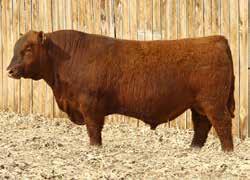
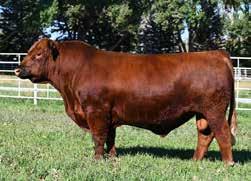

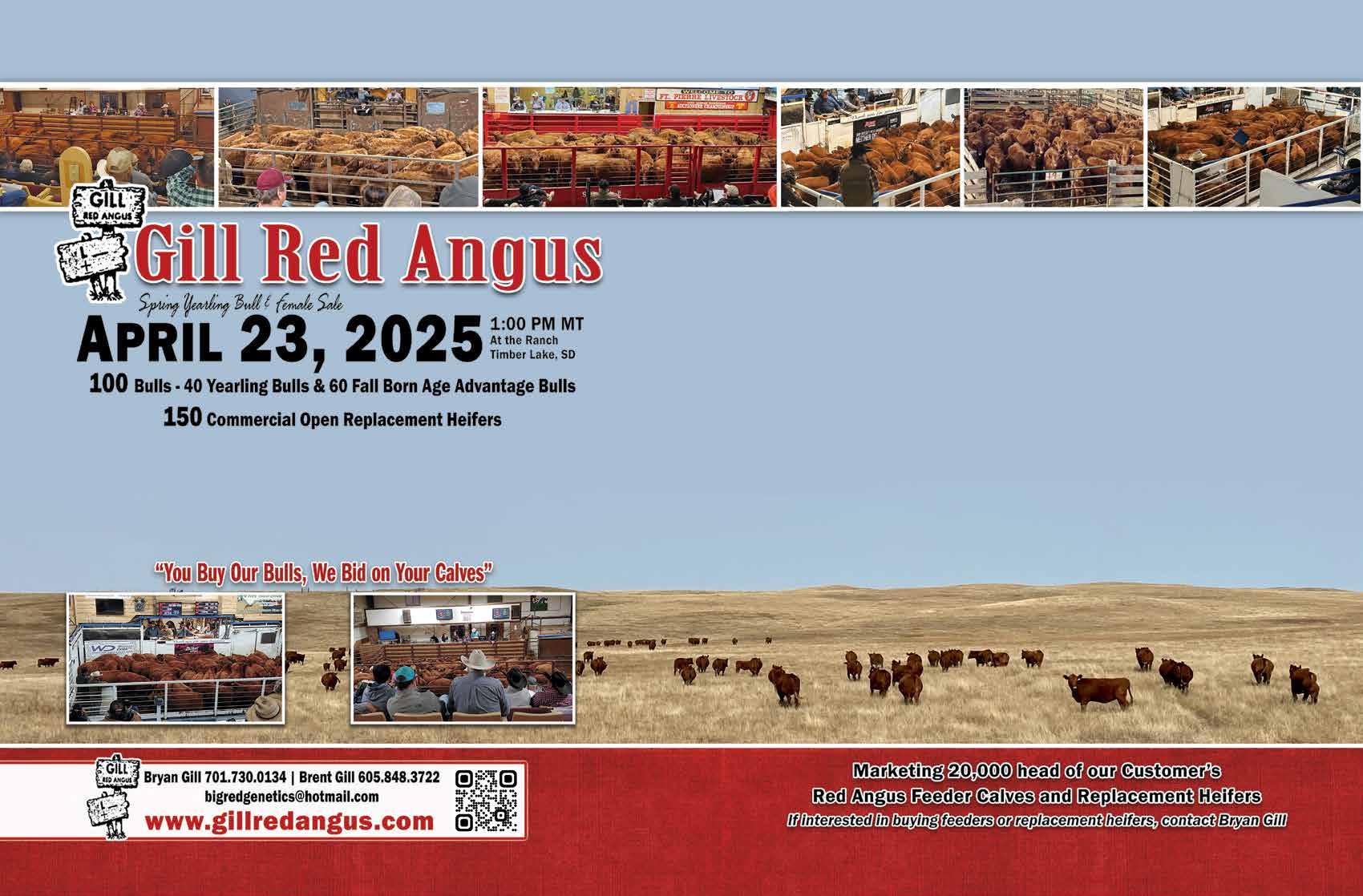



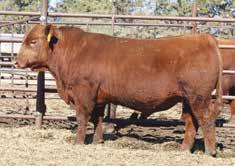
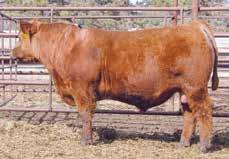
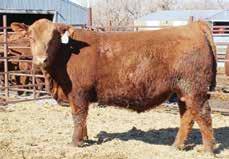

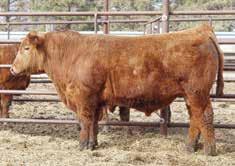
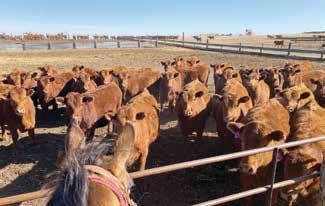
If showing at the Red Angus Youth Expo, don’t forget to submit DNA samples on individual animals being entered. Animals must be tested for parentage (on file).
To guarantee completed and on-file processing, submit DNA samples to RAAA by April 4.
Spring cow inactivation will occur in May. All 2024 spring-calving females must have a calf reported to avoid being marked inactive due to non-compliance with THR requirements.

by Halla Ramsey, Executive Director of Operations
Navigating ownership transfers doesn’t have to be as overwhelming as a trip to the DMV. It’s just one part of the transaction, but it plays a crucial role in providing customer service after money changes hands. The process is simple and it benefits everyone involved – from herd management to maintaining accurate records.
When ownership is transferred, the animal is removed from the seller’s account and added to the new owner’s account. Both parties can easily review the list of animals tied to their accounts through the REDSPro portal or by contacting the RAAA member services team.
For new owners who purchase females, this opens the door to a regular membership account, allowing them to register new offspring. The sale date determines who is considered the “owner of the dam at the time of calving,” which is necessary for calf registration. Once the membership account is created, the female enters Total Herd Reporting which requires annual reports on her calving status.
If the new owner wants to participate in the Feeder Calf Certification Program, an age and source verification program, bulls must be transferred to confirm the operation’s genetics for qualification into the program.


Schedule a meeting by scanning the QR code or visiting: RedAngus.org > Herd Management >
Alley

This new service will be sent for THR and basic Association reminders only, in addition to the weekly eNews, current THR and Association email reminders. No promotional texts will be sent. Do not expect more than four texts per month.
To get started, go to the REDSPro announcements page and scan the QR code to access the sign-up link.

1. Check “Text me with news & offers” and enter your phone number
2. Look for a text confirmation from 940-409-0777. Please check any spam folders if not received within a few hours after signing up
3. Reply “YES” to the confirmation text


This step is essential, even if it doesn’t seem important now.
Completing the transfer now helps ensure a smooth future transfer, where registered offspring or participation in the FCCP could be key to the operation’s growth and success.
RAAA’s requirements to record and complete a transfer to the new owner are as follows:
• New owner name or ranch name (if a ranch name is provided this will be the designated name on the new registration papers)
• Address for the new owner where registration papers should be received
• If an account (regular, junior, associate or buyer) is already established with RAAA, share the five- or six-digit number with the seller to assist in a seamless transaction
• Date of sale
“Completing the transfer now helps ensure a smooth future transfer, where registered offspring or participation in the FCCP could be key to the operation’s growth and success.”
• Percentage of ownership to be transferred i.e. 50% or 100%
• Breeding information if the female is sold bred
For additional assistance, check out the tutorial, Transfer an Animal, at RedAngus.org > Herd Management > How to Guide > REDSPro tutorials. You can also contact the registration department at data@redangus.org or 940-387-3502, Ext. 1.
The seller has 120 days from the date of sale to complete the transfer with RAAA. This can be done by the mem-



ber via REDSPro, or a paper copy can be sent via email or traditional mail to the RAAA office for completion.
Following up with the new owner to ensure they received a new paper copy of the registration helps keep the connection alive months after the sale is final.
Need help reading your registration certificate? Check out our Certificate of Registration Key available at RedAngus.org > Herd Management > How to Guide > Registration Certificate. //

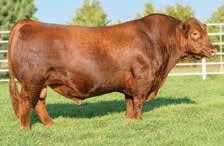


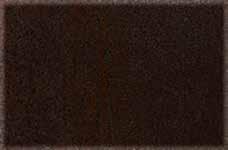










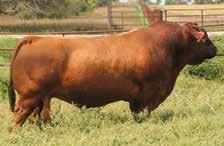





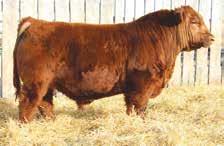




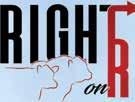

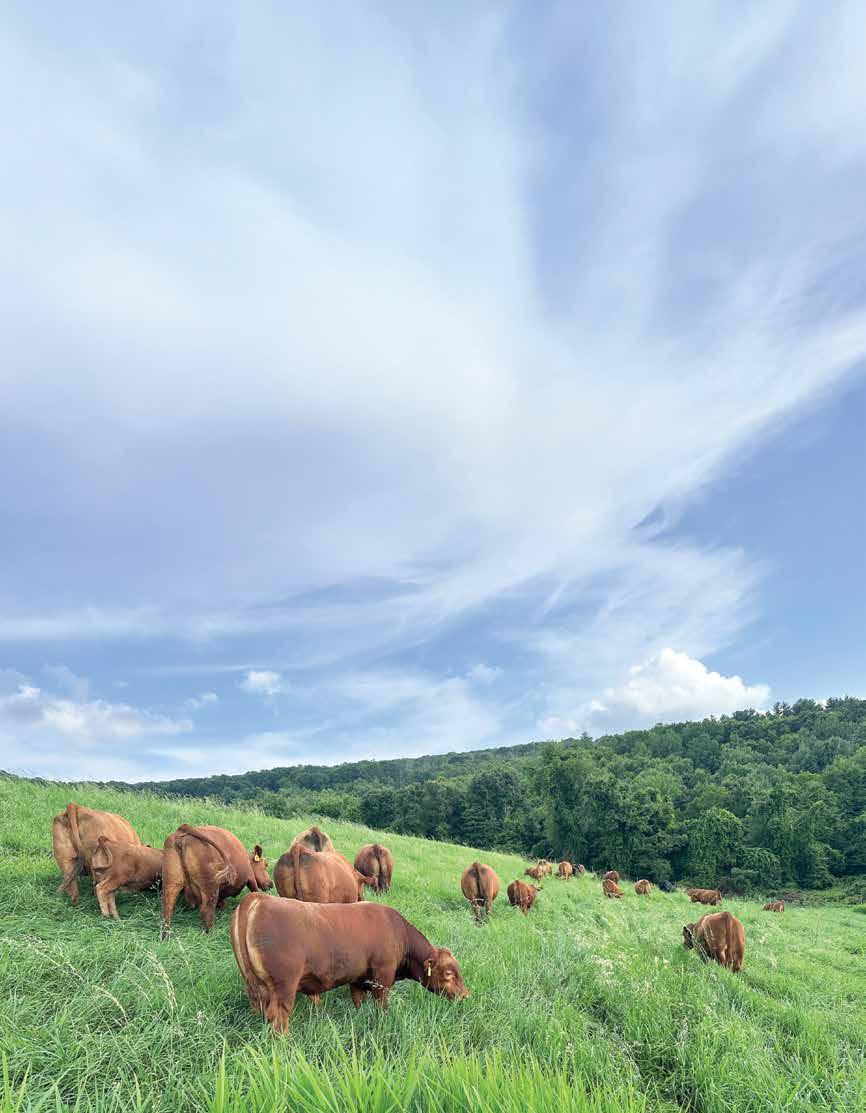


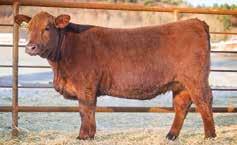
LIPTON PVF FAYETTE 262M #4949250
Lipton PVF Fayette 262M is a standout heifer sired by the rare PIE Quarterback 789, bred for power, maternal strength and elite productivity. Structurally correct and well-balanced, she ranks among the heaviest yearlings. Backed by PIE Fayette 1215 and the same donor lineage as Code Red, 262M combines pedigree, performance and maternal excellence to elevate any herd.

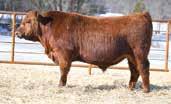


LIPTON PVF QUARTERBACK 278M #4949274
Lipton PVF Quarterback 278M is a gamechanger! A full sibling to our ND Red Select Sale heifer, he boasts an elite pedigree. Sired by PIE Quarterback 789 and out of the legendary C-Bar Stony 837F, the grandam behind the $170,000 record-setting high seller, Berwald Stony 4032. He’s long-bodied, deep-ribbed, and powerful. With 11 EPDs in the top 25%, 278M offers elite maternal strength and herd-building potential.

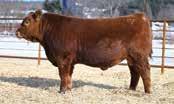

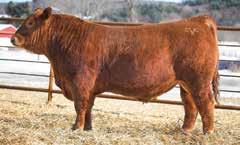
LIPTON PVF QUARTERBACK 275M #4949270
Lipton PVF Quarterback 275M is the real deal! Sired by PIE Quarterback 789 and out of C-Bar Stony 907G, dam of Genex sire, Collateral, he combines elite maternal strength, performance and breed-leading genetics. With 10 EPDs in the top 25%, he adds pounds and efficiency without sacrificing calving ease. Power, structure and profitability – 275M has it all!
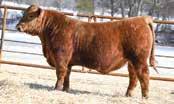






is shown effective against 8 causes of BRD, including Pasteurella multocida and BVD Type 1b.1 No other respiratory vaccine covers as much. Give your
Shown effective against:
Infectious Bovine Rhinotracheitis (IBR)
Bovine Respiratory Syncytial Virus (BRSV)
Parainfluenza3 Virus (PI3)
Mannheimia haemolytica
Bovine Virus Diarrhea Virus Type 2 (BVD Type 2)
BVD Type 1
BVD Type 1b
Pasteurella multocida

Why this extra coverage is crucial:
BVD TYPE 1B is a prevalent subtype, accounting for more than two-thirds of BVD-positive cattle.2
PASTEURELLA MULTOCIDA is another significant cause, especially among calves. It’s the second most isolated bacteria recovered from lung samples at Midwestern diagnostics labs.3
Scan the QR code to learn more or visit MAHCattle.com/Vista-Once.
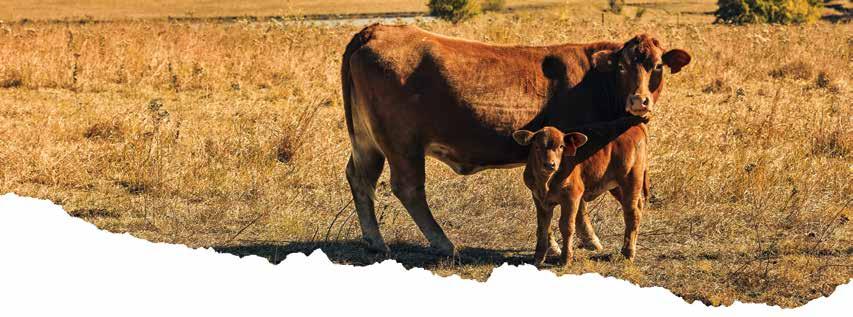

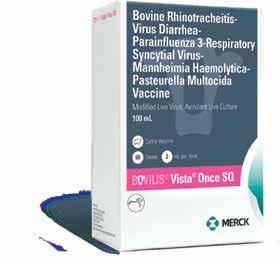


by A.J. Knowles, Director of Breed Improvement
As winter turns to spring, breeding season is top of mind for many Red Angus producers. Selecting the right bull or AI protocol can make the most of the fertility potential of heifers but how can we ensure we’re retaining or purchasing heifers with the greatest fertility potential to begin with?
EPDs like Heifer Pregnancy, Stayability and RAAA’s HerdBuilder index are useful for selecting replacement animals, but low heritability estimates for many fertility traits mean that environment and management still play large roles in the outcome of the breeding season. Without accounting for these effects through a contemporary group, it’s impossible to tell if differences in performance are due to genetics or environment.
A contemporary group, or a group of animals born, raised and managed under similar conditions, are expected to differ from one another only due to differences in their genetics. In a genetic evaluation, contemporary group information describes the location and management practices within a herd.
To compare contemporary groups fairly, we must identify and account for the environmental variables that affect the
trait of interest. Contemporary groups describe all relevant environmental and management information for a trait including location, season and supplemental feed. This removes the effects of environment in the evaluation, giving us an estimate of the animal’s genetic effects in the form of an EPD.
Because differences in environment and management can be large and highly variable, RAAA works with members, industry experts and researchers to identify the most important factors influencing each trait. Once identified, producers submit relevant information with phenotypes, which allows us to account for those factors as part of the contemporary group, helping create accurate and unbiased EPDs.
For example, in the evaluation for weaning weight, calves from a single ranch may be divided based on differences in sex, pasture, creep feeding or birth season. We include each of these factors to account for their influence on the weaning weight of the calf being evaluated to estimate the effect of genetics without bias.
In the case of Heifer Pregnancy, contemporaries are heifers that were raised together, kept together and have

equal opportunity to become pregnant during the breeding season. By accounting for differences in the environment of two groups of animals, we can create an estimate of the genetic potential for fertility in a herd even if breeding protocols differ between groups.
Below is a list of the factors that go into the contemporary group for Heifer Pregnancy, one of the most economically relevant traits to commercial producers today. Factors one through three are automatically put into the contemporary group by REDSPro, while factors four through seven are entered by members.
1. Birth Year
2. Season
3. Sex
4. Exposure type (AI, natural breeding or ET)
5. Breeding Pasture/Premise ID
6. Breeding season start and end dates
7. Management Code (producer-defined grouping)
Separating production records by contemporary groups can also be useful on the ranch. Producers can realize greater genetic progress by retaining heifers that bred and calved early in the season when compared to their contemporaries. Heifers who breed and calve early have been shown to stay in the herd longer and wean heavier calves than heifers who breed and calve late in the season (Cushman et al., 2013).
By accurately defining contemporary groups for each trait, breeders can more accurately select replacement heifers, increase reproductive efficiency and generate greater profits within their herds. //


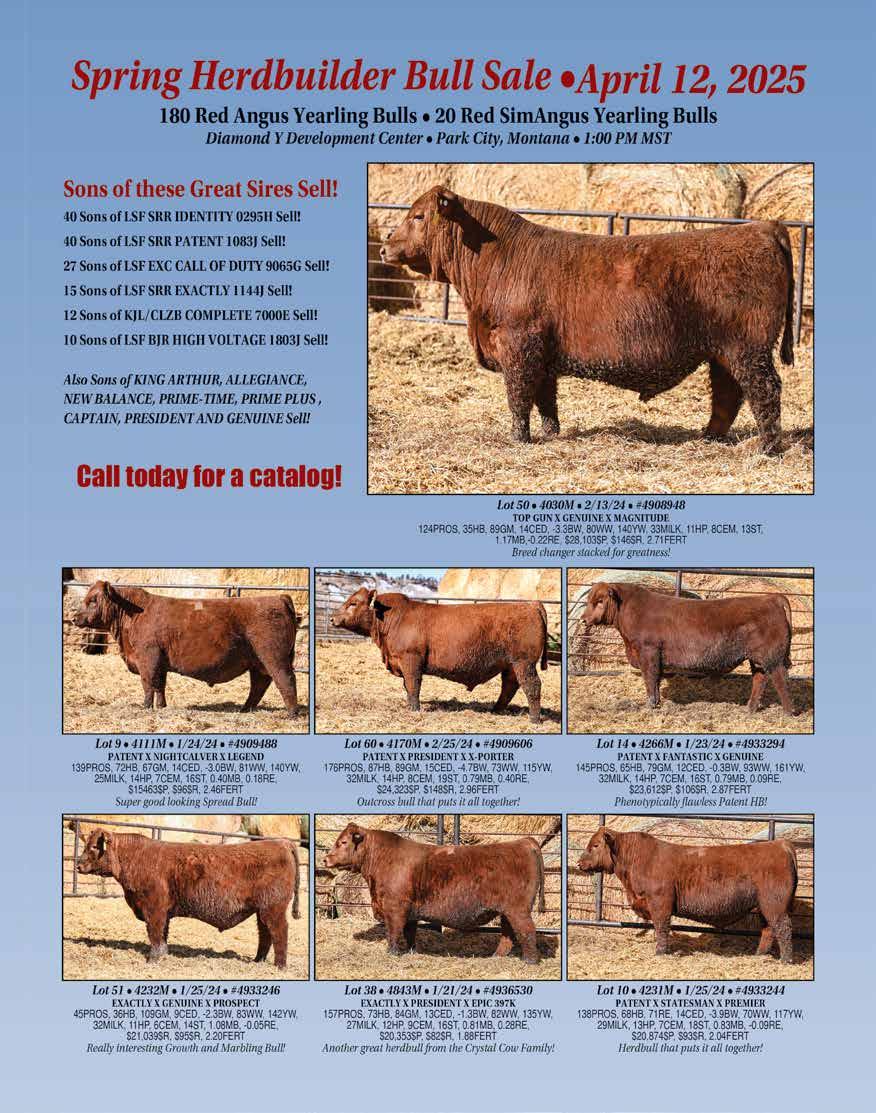
by Shelby Shank for the Red Angus Magazine
Breeding season is a critical period for beef cattle producers, as it directly impacts reproductive success and overall profitability of their operations. A productive breeding season can lead to higher pregnancy rates, uniform calf crops and ultimately, a more profitable herd. However, breeding success requires careful planning and management throughout the entire year.
“Breeding season isn’t just about the few weeks when bulls are turned out,” said Jordan Thomas, Ph.D., assistant professor of animal science at the University of Missouri. “It’s about the year-long decisions we make that influence reproductive outcomes.”
Preparation begins long before the season starts. One of the most important decisions producers must make is how to manage the length of calving season.
“Long calving seasons necessitate long breeding seasons, causing a vicious cycle that leads to inefficiencies,” Thomas said. “Cows that calve late have a harder time maintaining optimal body condition and are at risk of breeding late the next year.”
Longer calving periods can create challenges by extending the breeding season. As a result, cows may calve later each year, reducing reproductive efficiency and making it more difficult for them to maintain optimal body condition scores.
“Managing for a short calving season ensures cows have enough time postpartum before being asked to breed back,” Thomas said.
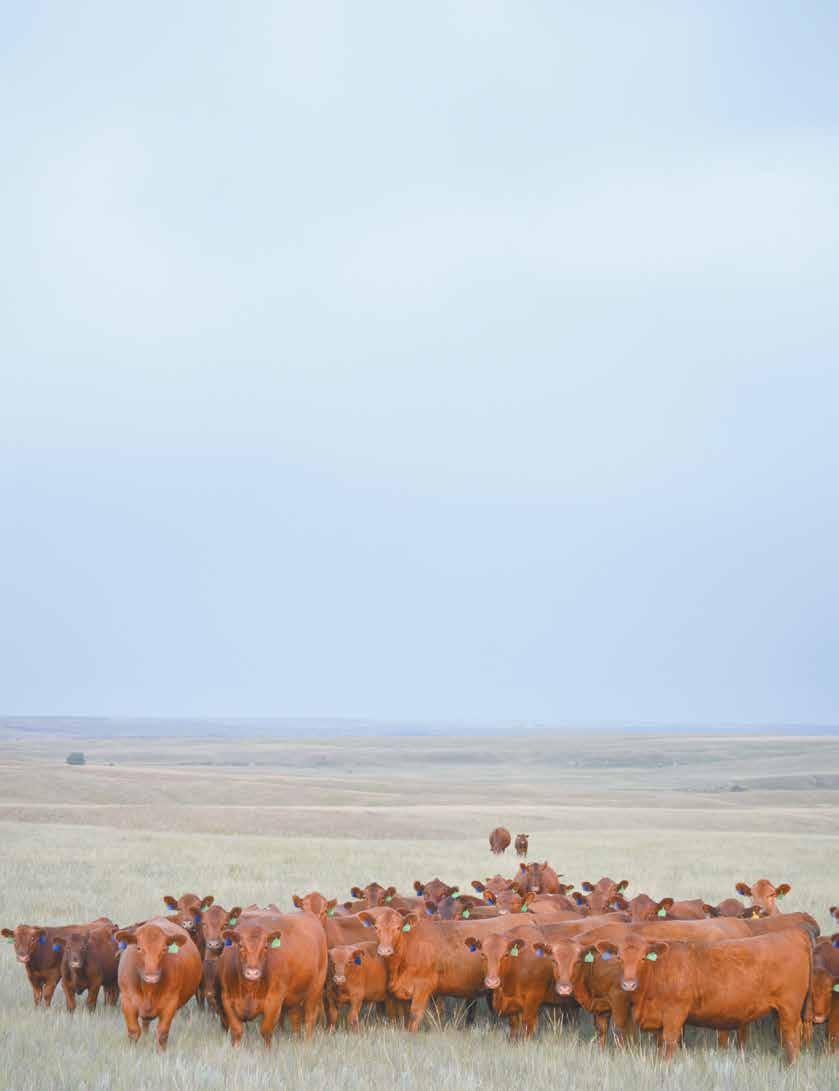
Managing for a short calving season ensures cows have enough time postpartum before being asked to breed back.
A shorter calving season allows cows to recover postpartum, increases breeding efficiency and helps maintain a tight breeding window. This approach leads to more uniform calf crops and better overall herd management.
“A tighter calving season allows producers to have more control over calving, which improves the timing of nutritional and health management programs,” Thomas said. “It’s about better planning and maximizing efficiency.”

Female body condition score is another essential factor in achieving reproductive success. Maintaining an appropriate BCS improves conception rates, shortens calving seasons and enhances long-term productivity.
“For cows, that’s at least a BCS of 5,” Thomas said. “For heifers, a 6 is about the minimum because of the increased demands on first-time mothers.”
Cows with a low BCS may experience delayed estrous cyclicity, meaning it takes longer to begin cycling again after calving. This delay makes it more challenging for them to conceive early in the breeding season.
“When cows have low body condition scores, they experience a delayed resumption of estrous cyclicity postpartum,” Thomas explained. “They take longer to start cycling again, making it harder to get them bred on time.”

If a cow is too thin at breeding, she may not conceive early in the season, reducing her reproductive efficiency and long-term productivity. To mitigate this risk, Thomas advised producers to ensure females are maintaining or gaining weight in the months leading up to breeding.
“The goal is to prevent them from dipping into severe negative energy balance,” he said. “This is especially critical in high-lactation postpartum cows.”
Thomas suggested managing BCS through careful nutritional strategies and timing of weaning.
“When we wean calves, it’s a major lever we can pull for managing a cow’s body condition going into calving,” he said.
Weaning calves earlier allows females to regain body condition more efficiently before the next breeding season.
“It often comes down to the timing of weaning and supplementation decisions,” Thomas said.
“Weaning calves too late or failing to supplement appropriately can leave cows too thin at the time of breeding.”
Maintaining a healthy BCS also means ensuring cows do not have a negative energy balance, which can occur when they
expend more energy than they take in, especially during lactation.
Thomas recommended high-quality forage, supplemental feeding and proper weaning strategies to keep females in good condition.
The Red Choice Female Management Program incorporates BCS evaluations into its structured heifer development plan, ensuring heifers are in adequate breeding condition and that their nutritional and reproductive health is monitored from an early stage.
Achieving a successful breeding season starts with year-round planning. Thomas encouraged producers to conduct thorough health assessments and vaccinations well in advance.
“Many decisions we make throughout the year influence breed back,” Thomas said. “We need to plan out vaccinations to avoid negative impacts on conception rates. Cattle should also be on a solid mineral program and in an appropriate nutritional state before the breeding season begins.”
Last-minute decisions often lead to complications. According to Thomas, producers frequently fail to evaluate bulls for breeding soundness.
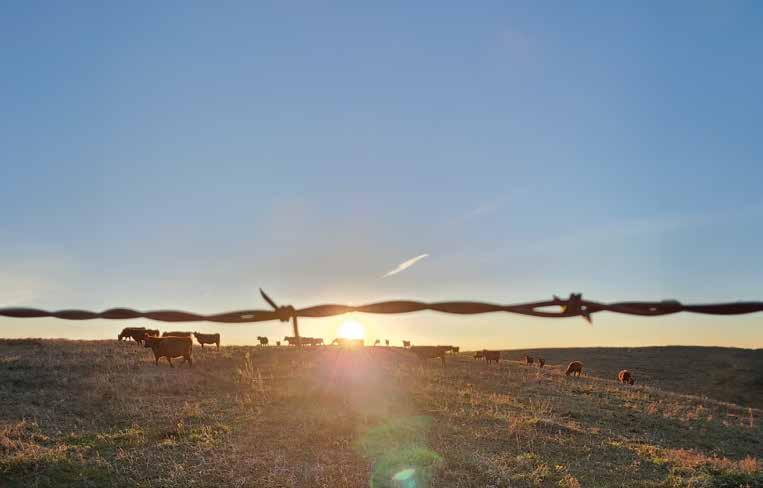


















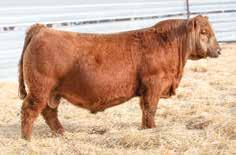

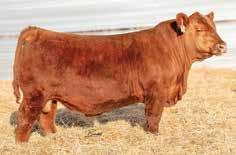






























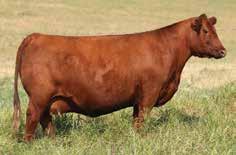









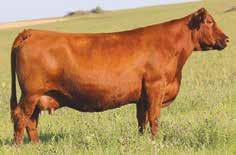



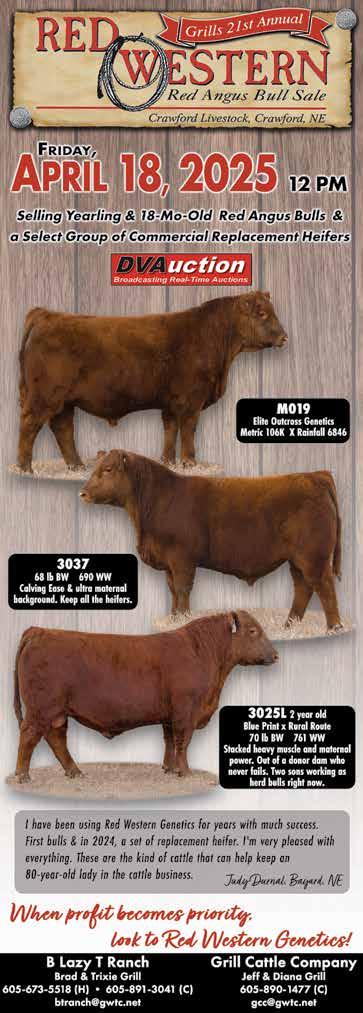
Bull fertility, health and soundness must be evaluated before the breeding season to ensure they are capable of effectively covering cows.
“Every bull that gets turned out needs to have a breeding soundness exam,” he said. “We need to evaluate semen quality, health, foot and leg structure, and overall body condition to ensure bulls are fit to breed.”
Without proper evaluation, bulls that were previously fertile may not be capable of breeding efficiently, leading to lower pregnancy rates and extended calving seasons. Thomas encouraged producers to monitor bull behavior after turnout.
Vaccinations are another key element of breeding season preparation. Effective vaccination protocols help prevent reproductive diseases that can reduce fertility, cause pregnancy loss or result in weak calves.
“Vaccinations are essential for herd health,” Thomas said. “But producers need to be mindful of timing, particularly with modified-live vaccines, which should be given at least 30 days before breeding.”
Vaccinating cattle too close to breeding can decrease conception rates.
“When a naïve heifer receives a modified-live vaccine too close to breeding, conception rates can drop significantly,” Thomas said. “It’s important to follow label recommendations and administer vaccines well in advance of breeding.”
A strong working relationship with AI technicians and veterinarians is essential for any beef cattle operation. These professionals provide expertise in fertility management, reproductive health and overall herd efficiency, making them valuable partners.
By collaborating with AI technicians and veterinarians, producers can make informed decisions that improve conception rates, herd genetics and long-term productivity.
For producers using artificial insemination, working with an experienced AI technician can significantly impact conception rates.
“It’s important to have someone who knows what they’re doing,” Thomas said. “We see variation in conception rates based on the proficiency of the AI technician, especially with less experienced individuals.”
Proper semen handling, placement and timing are critical factors that impact fertility and an experienced AI technician ensures inseminations are performed with precision.
Embryo and Rare Semen Auction April 10-12, 2025 @
Auction Details: Online Embyro and Rare Semen Auction runs from April 10-12, 2025. Sale closes at 5 p.m. MDT on April 6. To access the sale, go to www.superiorlivestock.com, Auctions and SmartAuctions – Or access directly at smartauctions.co.


FEDDES LAKINA Y17 Reg. #1423157
A staple donor in our herd and the mother of Silver Bow B226 as well as many other sons that have become herd sires across the country. Her daughters are among the top cows in our herd. She boasts an MPPA of 111. Half interest in a Reputation daughter sold for $15,000 at 3 months of age. Her Reputation sons are at the top of our 2024 bull sale. This cow never misses.

High

C-T BLOCKANA 8017 Reg. #3948245
Rare Semen Offering:

TAC Drifter H10
PIE Hollywood 222
Feddes Big Sky R9
C-T Red Rock 5033
Feddes Montana X44
Feddes Silver Bow B226
C-T Grand Statement 1025
Mulberry 26P
PIE One of a Kind 352 Conquest
Feddes Eight Ball 9231
Feddes Tread Stone 9352
Bieber Payday K113
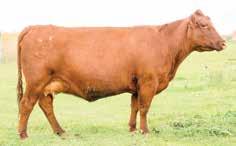

FEDS BLOCKANA C34 704 Reg. #3731167
704 is phenotypically flawless with great feet and a near -perfect udder. She boasts an MPPA of 109 with average WR 110, YR 112 and IMF-R 125. Her daughters are stunning and her sons have sold into many top herds around the country. Her first son sold to Leland Red Angus and was a great herdsire for them. 13 traits in the top 33%. A very complete cow with phenotype, numbers and production record.

C-T LINSEY 0964 Reg. #1309226

Solid Make Mimi x Grand Canyon donor cow. Dam of herdsire C-T Prime 5097 who sold to Bauman Red Angus, ND. High-seller donor to Rocking Bar H in our 2018 Big Sky Elite Sale. MPPA 105
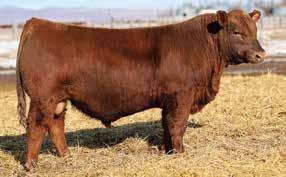

Eastwood was the high-selling Drifter son in the 2024 sale to ABS. He boasts outstanding calving ease with exceptional growth and carcass traits. He knocked it out of the park with ratios of 116 weaning, 110 yearling and 187 IMF. He has a great EPD line with ProS 1%, HB 2%, GM 10%, CED 7%, WW 9%, YW 16%, Milk 2%, CEM 4%. Stay 1%, Marb 4% and CW 3%. Phenotypically, he was a standout with extra depth, spring of rib, thickness and a very correct structure. His dam is a gorgeous Mimi daughter with a 105 MPPA. Eastwood will add growth, carcass and maternal traits. He could become one the most complete bulls the breed has seen.
Chuck & Carol Feddes • 406-581-8826
Jake & Alyssa Feddes • 406-581-8157

2610 Churchill Rd • Manhattan, MT 59741 www.feddesredangus.com

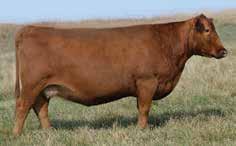
FEDDES BLOCKANA Y63-C31 Reg. #3469586
C31 has quickly become a top donor in our herd. She boasts 10 EPDs in the top 8% of the breed and has as much rib shape and length as any cow in the breed. Her 137E daughter topped the Bet On Red sale at $30,000, we sold half interest in another daughter for $10,000 and recently sold half interest in C31 for $25,000. Her calves on the ground are among the best again this year.

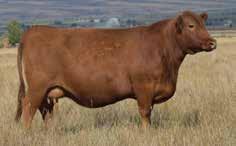
C-T VERDALE 5011 Reg. #3471490
Deep, powerful Redemption donor cow going back to the very proven Verdale cow family. Very correct foot and udder structure with an eye-catching phenotype.

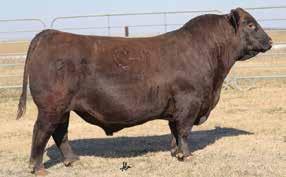
A Red Rock son with power and eye appeal that is quickly gaining steam and siring numerous high sellers around the country. One of the most sought-after bulls in the breed. Balanced EPDs with 17 traits in the top 36% of the breed. Top calving ease, growth, carcass and maternal traits with near-perfect feet and great structure. Semen available through Beef 360.





www.ctredangus.com
Veterinarians also play a vital role in herd health and reproductive efficiency, assisting with vaccinations, pregnancy diagnosis and overall management strategies.
“Your veterinarian can help determine when cows conceived, which allows for better management of calving season and culling decisions,” Thomas said.
They can also provide guidance on disease prevention, nutritional management and fertility treatments, ensuring cows are in optimal condition for breeding. According to Thomas, producers need clear communication with both AI technicians and veterinarians to align breeding goals and strategies.
“If they understand what you’re trying to accomplish, they can help you make better decisions,” Thomas said.
Whether it’s selecting the right genetics or adjusting nutrition, these professionals provide invaluable support.
The Red Choice Program
RAAA’s Red Choice Female Management Program is a valuable tool for improving herd productivity, offering a structured approach to heifer selection, development and breeding.
“We’ve seen tremendous success with structured heifer development programs,” Thomas said. “Producers involved in these programs often retain their best heifers, which improves their herd quality over time.”
The program is designed to help Red Angus breeders and
commercial cattle producers make informed breeding decisions. Red Choice helps ensure replacement females meet high reproductive and genetic standards, leading to more efficient and profitable operations.
A key component of the Red Choice program is its emphasis on reproductive tract scoring and pelvic measurements.
“Set standards for pelvic measurements can help producers avoid using heifers with a high probability of dystocia,” Thomas said.
This practice helps ensure heifers are physically suited for breeding, reducing calving difficulties and improving future reproductive performance. Red Choice also encourages early pregnancy diagnosis, which provides more precise calving dates and improves management efficiency.
“Early pregnancy diagnosis helps producers group heifers by calving windows, improving management efficiency and ensuring better oversight during the calving season,” Thomas said.
Breeding season success depends on year-round management decisions. By focusing on body condition, adhering to vaccination protocols and participating in programs like Red Choice, producers can optimize reproductive success and long-term herd productivity.
“It all comes down to making intentional management decisions throughout the year,” Thomas said. “The more we optimize these factors, the more successful our breeding season will be.” //

Breeding season success depends on year-round management decisions like focusing on body condition, adhering to vaccination protocols and participating in programs like Red Choice.

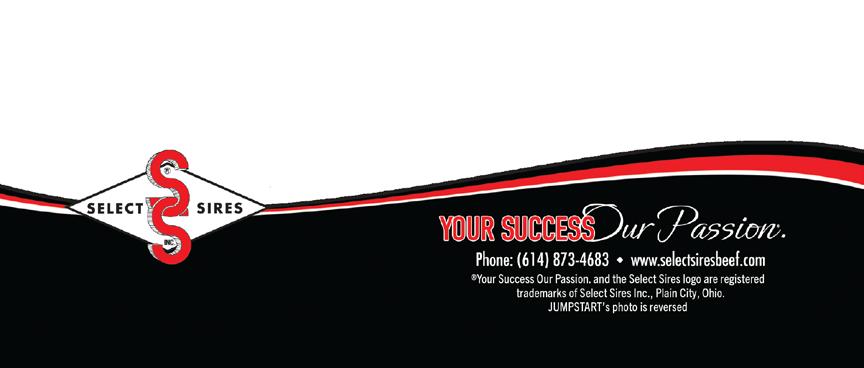


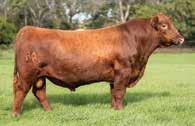














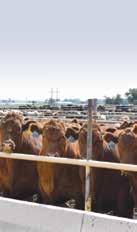


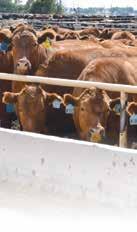
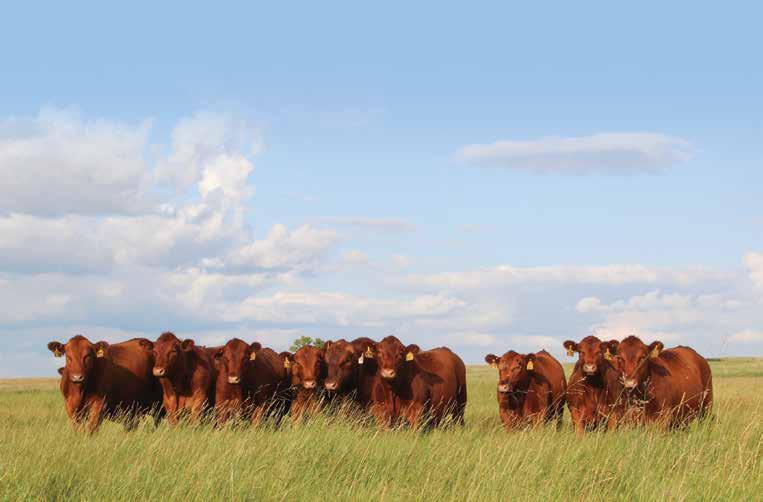





by Maclaine Shults-Mauney, editor and written content specialist
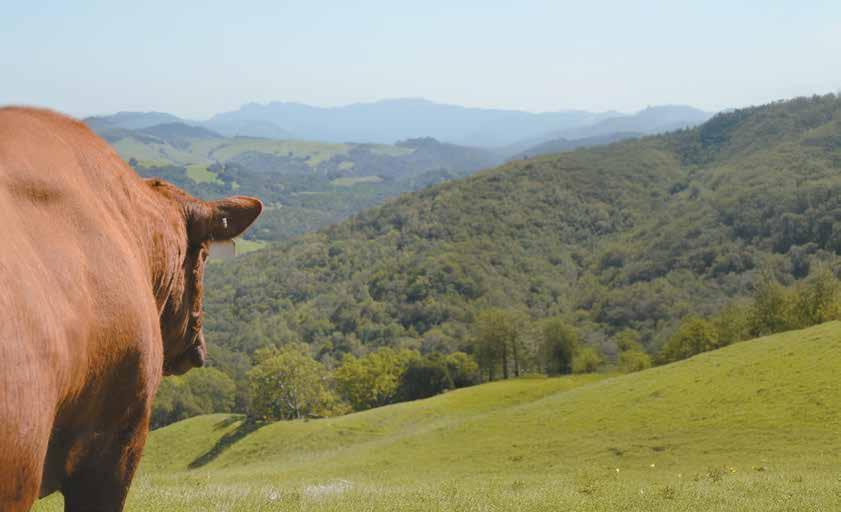
Highways and county roads across the nation are seeing some reprieve as bull sale season comes to a close. Pens and bunks stand empty or freshly cleaned in preparation for a new herd sire. The planning, budgeting, intense evaluation, note-taking, fellowship and excitement of auction leave cattle producers exhausted but encouraged to begin a new genetic chapter for their herds.
Fertility is the cornerstone of any successful cow-calf operation. A bull’s primary purpose is to cover cows and shape the genetics of the next generation for increased profitability. Whether you’ve purchased a heifer-maker or brought home a beefy carcass generator, neither of these investments bear fruit if they fail to settle cows.
Jennifer Koziol, DVM, associate professor of Food Animal Medicine and Surgery at Texas Tech University School of Veterinary Medicine, discussed the importance of breeding soundness exams, their impact on herd profitability and the risks of overlooking them.
By systematically identifying three types of bulls – fertile, subfertile or infertile – BSEs represent one of the
most cost-effective measures producers can adopt to maintain a profitable, high-performing herd.
“Subfertile bulls are the ones we hope to catch when performing BSEs,” Koziol explained. “There are very few truly infertile bulls in the world, but there are quite a few subfertile ones that can cost a producer a lot of time and money if they go unidentified.”
From early detection of injury or illness to warding off STDs, a thorough BSE lays the groundwork for a sound breeding season.
BSEs are made up of four components: physical evaluation, scrotal circumference, sperm motility and sperm morphology. BSEs are designed to uncover potential problems that can hamper a bull’s breeding performance – even if a bull appears outwardly healthy.
During a BSE, veterinarians evaluate bulls from poll to foot, focusing on structural soundness and eyesight –both of which can affect a bull’s ability or willingness to pursue females. Koziol emphasized that musculoskeletal pain, such as hock or spinal
discomfort, might reduce a bull’s libido, leading him to ignore females in estrus.
Scrotal Circumference

Measuring scrotal circumference gives a snapshot of total testicular volume, which directly correlates to sperm production. An extremely important measure for evaluating breeding potential, if the circumference is below breed standard for a bull’s age, he may not produce enough viable sperm to impregnate a female.
Motility gauges how well sperm travels through the female’s reproductive tract to reach the ovum. If fewer than the required percentage of sperm show strong, forward movement, the bull could be flagged as potentially subfertile.
Morphology evaluates the structural details of the sperm. To maximize pregnancy rates, bulls must be equipped with a high percentage of



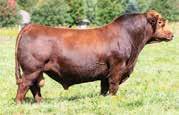



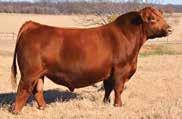




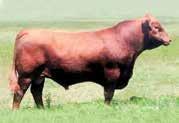




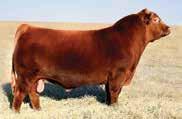







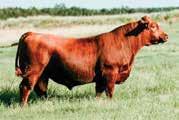



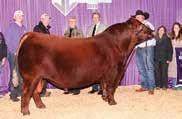


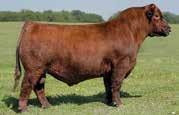








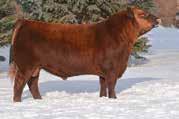



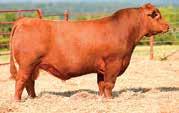





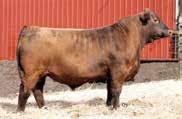

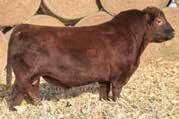



















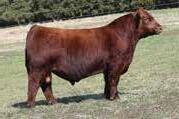


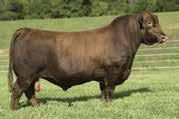

normal sperm with intact acrosomes, uniform heads and properly formed tails.
Rare but Real: Bulls that Pass but Fail BSEs primarily aim to identify the elusive “subfertile” bull. With truly infertile bulls being rare, subfertile bulls are more common and potentially more damaging to a breeding program.
Desirable conception rates are at risk when subfertile bulls go unidentified. Later calving seasons and lighter weaning weights are also potential consequences of a subfertile sire. By identifying them before turn-out, producers can avoid steep drops in pregnancy rates and the resulting economic impacts.
Though BSEs are the most thorough way to determine a bull’s potential for breeding success, there’s no fail-safe guarantee. Koziol outlined several key

reasons a bull might pass a BSE but still fail to breed:
1. Poor Libido
A bull with no interest in pursuing females in estrus, won’t cover those females even if his sperm is healthy. Musculoskeletal discomfort or penile injuries can suppress libido.
Routine BSEs don’t test a bull’s physical ability to mount and penetrate a female. A bull may appear healthy during the exam yet be unable to breed due to nerve damage or other penile and preputial issues. Watching bulls in the pasture to ensure intromission is encouraged.
While standard morphology and motility tests are thorough, they can’t uncover every potential sperm abnormality. Koziol explained that specialized stains or advanced eval-

Morphology evaluates the structural details of the sperm.
uations might be required to detect subtle problems in the acrosome or nuclear material.
How can producers ensure their bulls are living up to their breeding potential beyond BSEs? Koziol recommended a couple strategies: observe bull behavior, especially around females in estrus and early pregnancy detection.


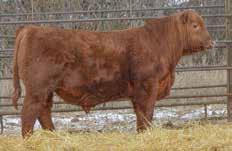





















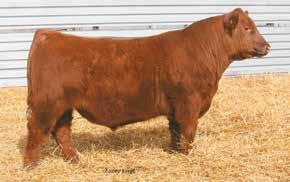
• Free delivery up to 250 miles
• Bulls are grown out, not fed out
• All bulls are fertility and soundness tested
•

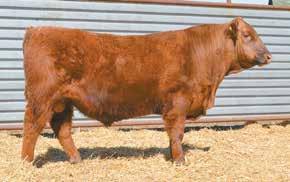






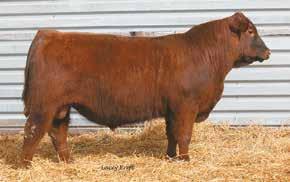



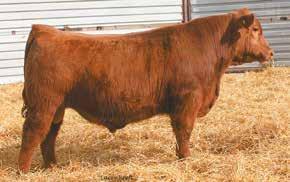
Ben & Cassie Kleppe 3220 48th St SE Dawson, ND 58428 (701) 327-8330 • (701) 426-9210 crosshairsimmental.com


James









“There are plenty of tests to run on bulls, but it’s not always realistic for every operation,” she said. “Making sure they’re out there doing their job and confirming pregnancies early are the best strategy.”
Injuries of any kind can derail a bull’s performance. Koziol noted not every ailment is obvious. Region-specific hazards, like cacti, thorny bushes or other natural hazards, can cause trauma to a bull’s feet and legs or scrotum. The resulting pain and discomfort thereby diminish a sire’s ability – or willingness – to breed.
Musculoskeletal injuries are often the most easily identified problems. If a bull bruised his back or his hocks or stifle were injured, he’ll be less apt to expend the energy needed to cover females.
needs to be pulled from the pasture,” Koziol said. “He needs to be replaced and rapidly treated. Given the proper time and opportunity to heal, he could make a full recovery but by not identifying those issues right away, you risk his health as well as open cows.”
Scrotal and penile trauma is often less easily recognized. A puncture wound or other severe abrasion can compromise testicular function. Penile and preputial injuries can develop infections if not treated quickly.
“Swelling anywhere along the sheath back to the scrotum is the first sign of injury,” Koziol said. “Any abnormalities need to be examined by a veterinarian and treated to ensure a positive prognosis.”
Sidestepping STDs Bulls can also serve as asymptomatic carriers of Trichomoniasis or Vibrio-
loss, abortions and ultimately, lower calving rates.
“Since bulls are asymptomatic carriers, they’ll show no clinical signs of infection but can infect multiple females,” Koziol explained.
Testing bulls before breeding season is imperative to a successful defense. Koziol also recommended rechecking bulls after any fence-line breaches – if the neighbor’s bull came calling, or yours went on a walk-about. Installing and maintaining proper fencing to reduce vagabond bull visits is a simple and effective biosecurity measure. If a cow or heifer does contract trich or vibrio, she’ll typically lose an embryo within 15-80 days of conception. Because these diseases can cause repeated losses, producers may notice an uptick in open cows, late-calvers or a decrease in weaning weights.






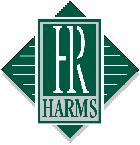


Calving season is here, which means selecting your next herdsires is on the horizon. Make your choice at HPR… where the dams, granddams and great-granddams of every bull we offer are raised and maintained on our ranch. We combine the latest science and technology available with real-world, hands-on stockmanship and experience… progressive and practical. Purchase your bulls where the females and our customers always come first.

and trich vaccines can help mitigate reproductive losses, but Koziol stressed that neither is guaranteed to eradicate disease. Maintaining a closed herd, purchasing tested or virgin animals and quarantining new arrivals are key strategies for preventing STD outbreaks.
Even the most reliable bull will eventually age out. Koziol noted older, dominant bulls require the same annual BSE scrutiny as their younger contemporaries. Season-to-season wear can bring injuries or testicular changes that gradually erode fertility.
“Bulls can change quickly,” she said. “Rechecking them before every breeding season is important – even more so if an operation calves both in the spring and fall.”
Many producers will admit to having a “favorite” sire somewhere throughout the history of their operation. Unfortunately, there comes a day when that bull comes back subfertile. The resistance to culling can be strong, so Koziol recommended retesting in 60 days. If there’s no improvement, it may be time to move on.
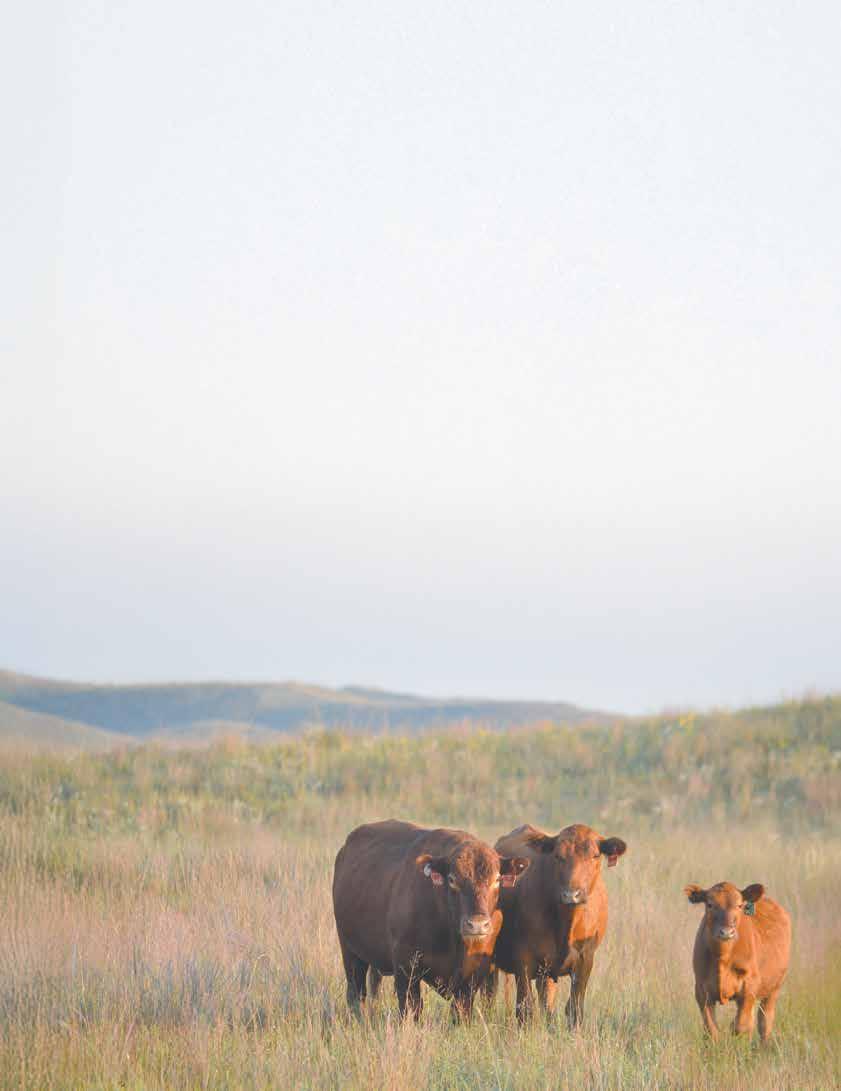
However, in some cases, bulls with borderline results might still be successful with smaller groups of females for shorter periods, then followed by a cleanup bull. This approach minimizes risk without losing the genetic value that may have built an operation’s foundation.
Older bulls can pose a threat to the performance of younger, more inexperienced sires. If a 6-year-old bull is aggressively territorial, a timid yearling will likely never cover a female. Koziol encouraged producers to match bulls by age and temperament when running them together.
“We want to make sure the bull-tocow ratio is appropriate and the social hierarchy works,” she said.
Overcrowding exacerbates dominance issues, so distributing cows among multiple pastures – or ensuring enough space and females to go around – is essential.
Younger virgin bulls can be a valuable asset if managed correctly. Koziol’s rule of thumb: pair a virgin bull with the number of females equal to his age
in months. A 15-month bull should not breed more than 15 females during his first season. Overextending a younger bull risks poor conception rates and stress-related fertility issues.
For older bulls, a good guideline is one female per centimeter of scrotal circumference. For example, a 3-yearold bull measuring 40 cm SC, can be paired with 40 females.
By passing a BSE, a virgin bull likely has the sperm quality to impregnate cows, but it doesn’t confirm his understanding of the breeding process. Koziol explained younger bulls often learn by watching slightly older, proven bulls with high libido. However, introducing a virgin bull alongside a dominant older bull can backfire, as the youngster may never get the chance to breed.
Many virgin bulls arrive at an operation fresh from a sale, where they’ve lived on a high-energy ration. Koziol advised producers to gradually acclimate their new bulls to a forage-based diet to avoid stress, which can lower immune defenses and reduce libido.
“Producers need to consider the stress these bulls have been under and how

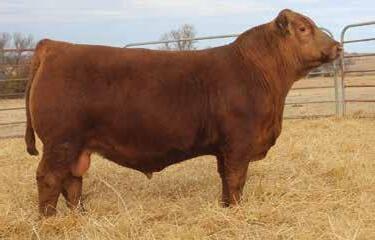
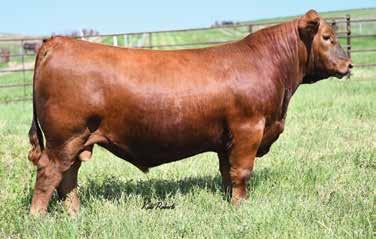
TAC DRIFTER H10 x BIEBER MAKE MIMI 7249
29AR0294 | RAAA 4787522 1A
» Star of the 2024 spring bull sale season
» Calving ease with rapid early growth meshed with breed leading longevity and marbling
» Dam is a highly productive proven cow with 6 calves at a 104 MPPA
» Will not only add performance, but also muscle, body, dimension, softness and structure in a middle framed collection
» +17 CED, +122 YW, +22 STAY, +.82 MB, +168 ProS, +93 HB
LEM STOCKYARD 2001 ET
BIEBER CL STOCKMARKET E119 x PIE ONE OF A KIND 352
29AR0291 | RAAA 4659179 1A
» One of the hottest young sires in the industry with an uncommon blend of calving ease, performance, marbling, and phenotype
» Elite curve bender genetics excelling for Calving Ease and Marbling with an efficient Growth and Intake combination
» Dam is a young donor with super performance & udder quality
» STOCKYARD is a dense made, thick-ended, deep-bodied bull that will suite the most discriminating with his added rib, flank, and fleshing ability
» +19 CED, +78 WW, +129 YW, +.88 MB, +129 ProS, +86 GM
BROWN CRSB CONFIDENCE G1410 x PIE QUARTERBACK 789
29AR0292 | RAAA 4687927 1A
» Leadoff bull and high selling individual of the inaugural Berwald Red Angus production sale
» CONFIDENT brings you outcross genetics with outstanding style and performance
» Breed-leading maternal, calving ease, and end product genetics brought over from the Angus breed
» Attractive and well-balanced, CONFIDENT comes from the great Joline tribe made famous by Jefferies, C Bar, and Heuftle
» +18 CED, +91 WW, +146 YW, +.93 MB, +108 ProS, +99 GM
to transition them,” she explained. “They’ve likely been eating like kings and are leaving for a totally different life in the pasture. Nutritional changes and social hierarchy shifts can be very stressful.”
Turning a new bull out to pasture with an unmanageable number of females tops Koziol’s list of pitfalls. Producers sometimes overlook bull size relative to cow size and herd count. A smaller-framed bull might struggle to cover larger females, leading to decreased breeding success and potential injuries.
Additionally, Koziol suggested requesting BVD PI tests and a trich test, if not already done. Many bulls coming out of sales are poised to cross state lines and will already be trich tested but if a producer is buying local, and local regulations don’t require it, testing can save time and money by preventing disease introduction.
“An ounce of prevention is worth a pound of care with trich,” Koziol said.
Regardless of a bull’s age or breeding history, Koziol underscored the importance of continuous observation once breeding season begins. Producers should check for signs of discomfort, monitor body condition and ensure bulls are actively seeking females. Early detection of problems can prevent catastrophic drops in conception rates.
“A bull that’s not actively breeding is a huge financial risk in a tight market,” Koziol warned.
Emerging technologies like genomic testing and parentage verification open new doors for evaluating bull performance. By tracking which sires produce the most calves or which genetics yield growth, producers can determine which sires earn their keep.
“If we have a bull that’s not siring calves, we need to find out why,” Koziol said. “There might be something to fix or it may be time to ship. BSEs are important in identifying bulls that are working and getting the job done, as well as catching those still on the payroll but not adding to the bottom line of the operation.”
In an industry where every open female represents missed revenue, BSEs act as an essential insurance policy – bridging the gap between physical exam results and real-world breeding performance.
As Koziol emphasized, few steps repay producers like verifying a bull’s capacity to impregnate females. Consistent BSEs not only pinpoint subfertile bulls early but also shape herd productivity for generations. Taking time to ensure bull readiness can mean the difference between a profitable season and one of costly disappointments. //



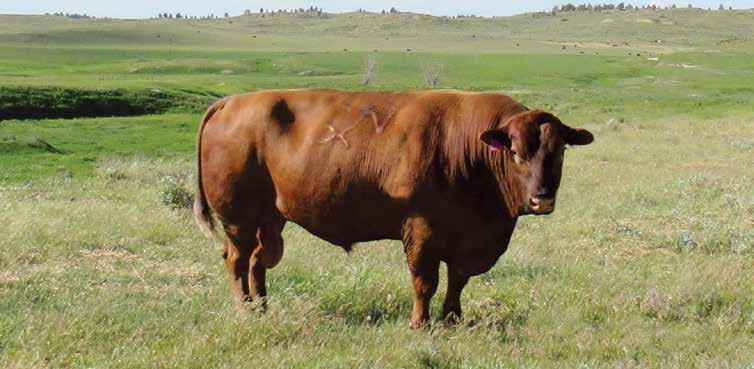
by Nate Smith, General Manager, Top Dollar Angus
Spring of 2025 has been a typical busy for the Top Dollar Angus team, evaluating sire genetics for both seedstock partners and commercial customers. These evaluations allow our team to gain a broader perspective on genetic trends within the industry – spanning multiple breeds, seedstock programs and commercial operations alike.
At Top Dollar Angus, our evaluations focus on reviewing EPDs for seedstock partners’ current bull sale offerings, determining their eligibility for TDA status with a simple “yes” or “no” qualification. Historically, in the Red Angus breed, we based this qualification on the GridMaster score and carcass weight percentile rank.
Although this system has been effective, we sometimes encounter animals that meet the qualification thresholds yet fail to meet traits we know are important to cattle feeders. In response, following consultation with our board of advisors last fall, we adjusted our evaluation process.
The updated TDA evaluation incorporates a four-trait average, using the percentile ranks for Average Daily Gain, Marbling, Carcass Weight and Ribeye Area. To qualify, an animal must rank in the top 37.5% across these traits on average. Additionally, if
any of the four traits are in the bottom 25% of the population, the animal does not qualify for TDA.
When applied to our commercial producers’ feeder calf evaluations –assessing both current and past sires – the new approach gives us clear insights into the trait preferences of producers. More importantly, it highlights variations in sire selection practices and how they impact genetic consistency within a herd.
One key observation became increasingly apparent after implementing the new evaluation system: consistency in sire selection is often overlooked in individual herds, and this negatively affects overall genetic merit. This trend spans all breeds and ultimately impacts all segments of industry.
Last fall, for example, there was a set of Red Angus feeder cattle that initially qualified for TDA. The producer sourced over 90% of their bulls from a single seedstock program for over a decade. In our past evaluation, focused on GridMaster and carcass weight, we found a wide range in GridMaster ranks among their sires – from the bottom 10% to the top 5% of the breed.
“When evaluating sires, it’s not just about selecting bulls with strong averages, it’s about building genetic consistency into the herd.”
the rule disqualifying sires with a trait in the bottom 25%.
This example points out a crucial, often overlooked point: consistency in sire selection has a profound impact on genetic merit and downstream cattle performance. Producers often share that they purchased higher-quality bulls early in the sale but filled the remainder of their needs with lower-cost, lower-quality bulls later in the order.
Why is this an issue? From a feeder’s perspective, calves sired by lower-quality bulls are the first to be noticed – and not for positive reasons. In pens containing high-quality calves, the weaker ones, better known as the “dinks,” stand out even more, affecting the overall perceived value of the group.
www.topdollarangus.com
Nate Smith, General Manager (620) 546-4839 nate@topdollarangus.com
Andrea Rutledge • (406) 399-3993 andrea@topdollarangus.com
Andy Albrecht • (402) 922-1000 andy@topdollarangus.com
Fortunately, only two of the nine current sires ranked below 50% for Grid Master. At the time of purchase, over half of the sires would have met the 2024 TDA sale logo requirements. Evaluating past sires told a similar story. While the averages met TDA thresholds, individual GridMaster scores still varied widely – from the bottom 20% to the top 10% – with more sires above 50% than below.
Under the original evaluation, this producer’s feeder calves ranked in the top 15% to 20% for growth and carcass traits. However, when recently reevaluated, only 45% of the sires would qualify for TDA, largely due to
The updated TDA evaluation aims to create a more accurate genetic picture. By emphasizing consistency and focusing on traits most valuable to feeders and packers, producers can maximize the value of their calves while driving long-term herd improvement.
When evaluating sires, it’s not just about selecting bulls with strong averages, it’s about building genetic consistency into the herd. Doing so leads to more uniform calf crops, increased premiums and more predictable genetic progress for future generations. //
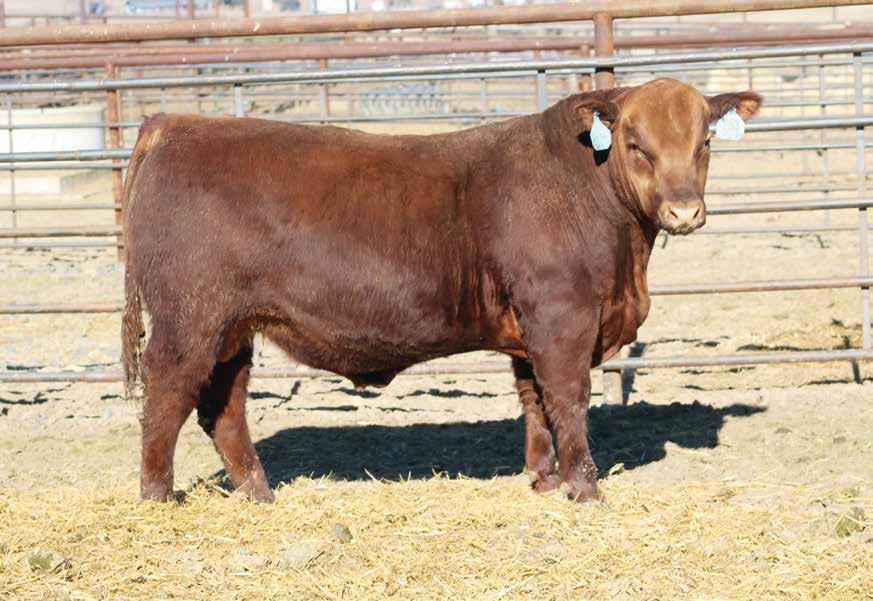





High Sellers included:
Lot 1 - Pick of the 2025 Heifers
Sold to Dan Chappell - Mill Hall, PA and Todd Hillegas - Montoursville, PA
Lot 3 - HRP JUMPSTART 4110M
Sold to Gill Red Angus - Timber Lake, SD & Berwald Red Angus - Toronto, SD
Lot 18 - HRP COMPLETE 4093M
Sold to Redland Red Angus - Hysham, MT
Lot 65 - HRP COMPLETE 4090M
Sold to Pieper Red Angus - Hay Springs, NE
Lot 107 - HRP RAINDANCE J108-M4225
Sold to William Willhelm - Sundance, WY
Lot 108 - HRP ABRIGRACE 636D-M4323
Sold to 4R Land and Cattle - Dallas, TX
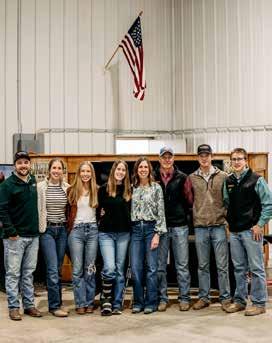
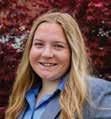
by Taryn Cox, JRA Board

Over Thanksgiving break, I had the opportunity to study abroad in Ireland with the Agricultural Communications Department at Kansas State University. We went to four cities throughout the country; Cork, Killarney, Galway and Dublin.
We visited various agricultural entities including a dairy, an agricultural research facility, a buffalo dairy and a beef cattle operation. While learning about the inner workings of each operation, I also got a glimpse of the social contract and political circumstances that Irish producers must navigate.
In Ireland, the social contract around agriculture appears to motivate political leaders far more than those in the United States.
For example, Irish consumers are concerned with the ethics of the veal industry. As such, veal crates are banned in the country and throughout much of the European Union. Instead, Irish beef and dairy producers developed what they call “bull-beef,” which simply refers to bulls fed out for slaughter. Many of the bull-beef calves are beef cattle crossed with dairy cattle, that would have traditionally been used for veal. However, because veal production is generally frowned upon, bulls are raised until 18 months of age alongside the rest of the feeder cattle.
The Irish beef cattle industry is very different than the United States. Irish consumers don’t emphasize marbling and quality like we do. According to the main researcher at Teagasc – the
Kenedy DeVoe, President - devoekenedy@gmail.com
Zachary Griffeth, Vice President - zach.griffeth.jra@gmail.com
Gracie Rogers, Secretary - jragracie1@gmail.com
Cameron Ison, Commercial Chair - jracameron1@gmail.com
Bailey Smith, Communications Chair - jrabaileyjean@gmail.com
Peyton Andras, Director - redcow51107@gmail.com
Aliceson Stranberg, Director - JRAAlicesonstranberg@gmail.com
Taryn Cox, Director - jrataryn@gmail.com
Taylor Dorsey, Junior Program Coordinator taylordorsey@redangus.org
Irish agricultural research facility – Irish consumers are looking for leaner, cheaper cuts of meat at the store.
Traceability is another major concern for Irish consumers. Producers are required to register every calf within 27 days of birth. Every calf is issued a “passport” that must accompany them wherever they’re shipped or hauled. If a consumer buys a cut of meat and sees a problem with it, that cut can be traced back to the original animal, where the animal was born and the producer who raised it.
Although Irish producers wrestle with stocking limits, extreme traceability requirements and a strict social contract from consumers, the majority said it’s still a profitable profession. There’s currently an increasing number of American producers with off-farm jobs to make ends meet, but most Irish producers make their sole income on the farm. Irish producers are a resilient group; the pride they have in the industry carries them through the political climate and anti-agriculture sentiment throughout the country.
I thoroughly enjoyed my trip to Ireland, and I would urge every college student to complete a study abroad experience, given the chance. It was fascinating to see how beef and dairy production differs from the United States, yet the end product is similar. I learned so much about Ireland’s agricultural industry, and it gave me a renewed appreciation for the one I grew up in – where I’ll soon build my career. //

Website: redangus.org/jra
Facebook:




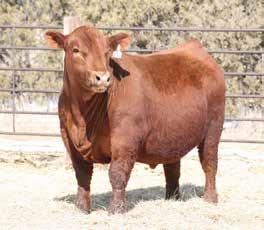










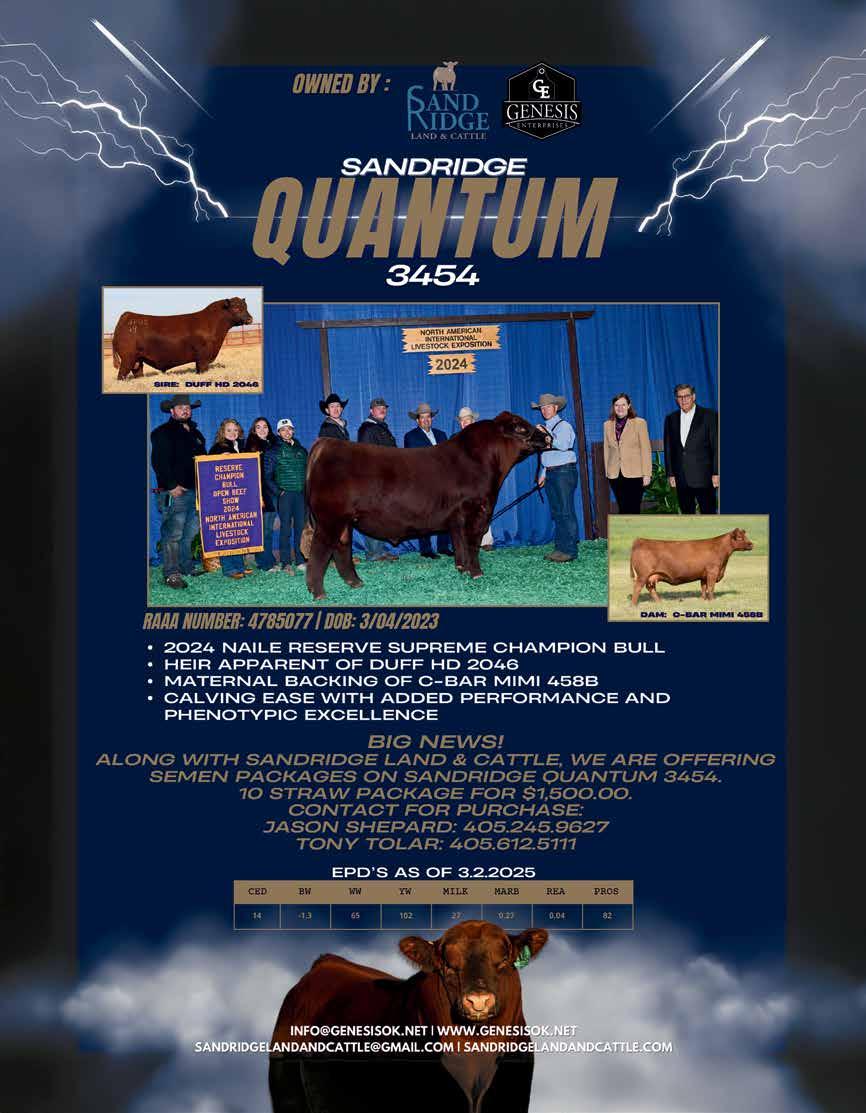
Five director seats and the position of president will be up for election this fall at the National Red Angus Convention scheduled for Sept. 9-12, in Loveland, Colorado. The Red Angus Association of America nominating committee encourages RAAA members in good standing who are interested in serving the Association in these volunteer posts, to throw their hat in the ring.
Board Position Openings
Area 1 – West
George Murdock of Pendelton, Oregon, has completed one three-year term and is eligible for re-election.
Area 2 – Montana
Kay Klompien of Manhattan, Montana, has completed two three-year terms and is ineligible for re-election.
Area 3 – Rocky Mountain
Aaron Kravig of Karval, Colorado, has completed two threeyear terms and is ineligible for re-election
Area 8 – Southeast
Jim Yance of Columbia, Alabama, has completed two threeyear terms and is ineligible for re-election
Region C
Jeff Pettit of Sebree, Kentucky, has completed two threeyear terms and is ineligible for re-election.
President
Kyley DeVoe of Justin, Texas, has served as president of RAAA for two one-year terms and is ineligible for re-election.
Responsibilities
The BOD leads and oversees the affairs and business of the Association as outlined in the RAAA Bylaws.
RAAA directors are leadership volunteers and are not reimbursed for their time nor receive a salary. Expenses may be compensated for scheduled BOD meetings which are held a minimum of three times a year – January, June and September. Conference calls are scheduled as required to conduct business between BOD meetings.
The BOD adheres to the core policies, mission and vision of the RAAA for guidance in all decisions as they follow the course set by the Strategic Plan. Members of the BOD also populate and chair the various RAAA committees. The core policies and committee listings are found online at redangus.org/about-red-angus.
Members may access the entire Bylaws, Strategic Plan and Board of Director Minutes by logging on to REDSPro and clicking on the “Association Business” tab, then selecting from the Table of Contents on the left.
Candidates must be residents of – or have a primary mailing address in – the Area or Region they represent and must be a member of RAAA in good standing for a minimum of three years.
Designated representatives of corporations and partnerships and other legal entities are eligible to caucus with and are eligible for election to the Board from the Area and/or Region of their corporate membership designation.
The president must be a member of the current Board of Directors or has served as a director in the past. Complete qualifications are outlined in the RAAA Association Bylaws.
A director’s term is three years with a two-term limit. The president shall be elected annually by the membership for a one-year term, limited to two terms. He or she must currently be or have been a member of the RAAA Board of Directors for one year.
The nominating committee is populated by past RAAA presidents and a current director. If interested in running for the RAAA Board, please contact one of the following by June 15.
Tony Ballinger, 817-371-4520, anthony.ballinger@adm.com
Johnny Rogers, 336-504-7268, jrrogers1968@gmail.com
Bob Morton, 406-580-0348, bob@gmracattle.com
Steve Koester, 701-400-1611, koesterredangus@gmail.com
The candidate should submit a short biography – about 350 words – and photo by June 27, for inclusion in the July/August Red Angus Magazine, to Maclaine Shults-Mauney, Red Angus Magazine editor, at maclaine@redangus.org.
Members may also run from the floor at convention. To view the voting and caucus guidelines, visit RedAngus.org > Herd Management > Rules and Regulations. //





















































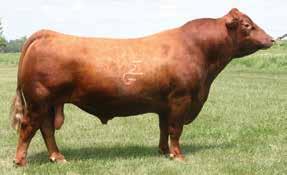













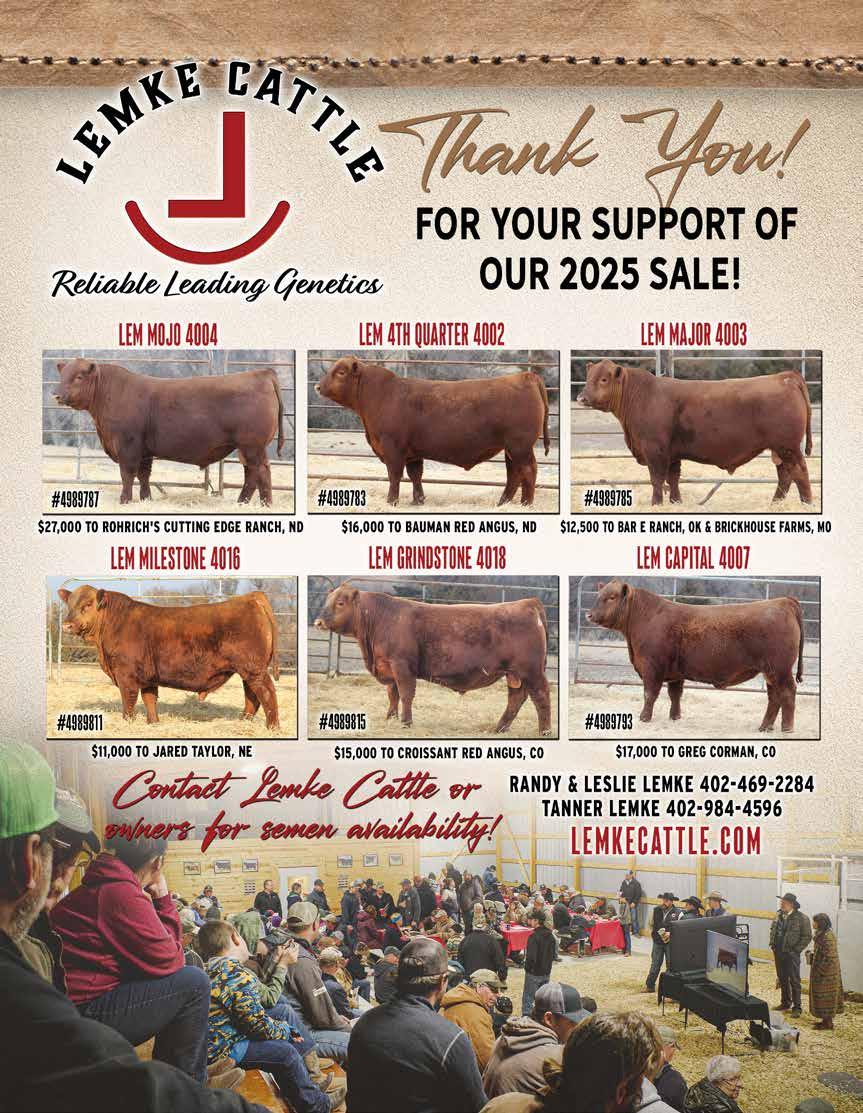

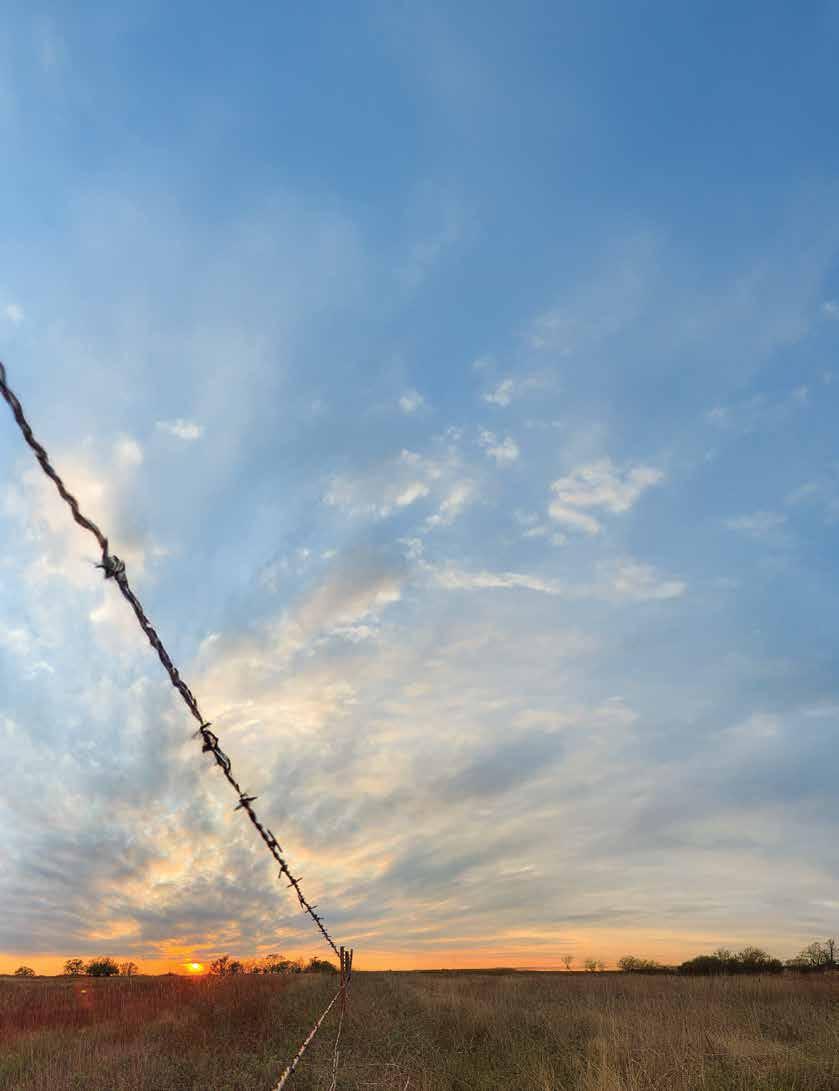
by Heather Smith Thomas for the Red Angus Magazine
For centuries, fences have been a staple for managing livestock and rotational grazing. Now there’s a bold new option: virtual fencing. This innovative technology uses GPS coordinates to create invisible boundaries, allowing producers to adjust fences remotely through a computer or smartphone. Equipped with GPS collars, cattle quickly learn to respect these shifting borders, opening the door to more efficient grazing and resource management.
Transmitter towers act as a communication bridge between the collars and the network, sending signals back and forth through cellular technology. As a curious cow approaches the invisible boundary, the collar triggers a warning beep. If the animal takes another step forward, it receives a gentle electrical stimulus. Over time, cattle quickly learn to back away from the “fence” to avoid the discomfort, resulting in better-managed grazing.
Across the country, researchers are putting virtual fencing to the test on rangelands to steer cattle away from sensitive riparian zones segment large allotments into multiple pastures or keep them off burned areas until the land has recovered.
Paul Meiman, Extension specialist of rangeland livestock-wildlife interactions at the University of Nevada-Reno, launched an experimental project in 2020 on two ranches in Nevada. “Earlier I was involved in research on larkspur in Colorado, thinking about ways to manage grazing to avoid death loss,” Meiman said.
The project aimed to determine if a large herd could be concentrated in a way that each cow consumed only a small amount of larkspur. This would prevent a few cows from in-


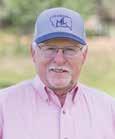
gesting a larger amount and being poisoned, thereby reducing the mortality rate. Additionally, grazing on the larkspur could help reduce its presence over time.
“This could be done with herding or a temporary electric fence. Then we heard about virtual fencing, which would be less labor-intensive. This opened my eyes to other possibilities like limiting the time cattle spend in riparian areas or targeting cheat grass,” Meiman explained. “One of the first ranchers I met in Nevada had problems with larkspur and was interested in virtual fence. Maggie Creek Ranch and Cottonwood Ranch both agreed to try it.”
After a two-year trial, Cottonwood Ranch continued to use virtual fencing wherever the herd grazed including deeded, BLM and U.S. Forest Service properties as well as wilderness and rugged terrain.
Cattle require a brief training period to adapt to the virtual fence. When the virtual fence is positioned near a conventional fence, cattle can see the boundary, which helps them associate the beep and shock from the collar with the fence.
The goal is for the cattle to turn around upon hearing the warning signal. Much like an electric fence, the objective is for cattle to respect the boundary instead of attempting to break through it. Once they respond appropriately, the virtual fence is repositioned away from the conventional fence and the cattle continue to respect the new boundary.
Maggie Creek Ranch foreman, Travis Whitely, tried virtual fencing for two years, collaring 200 yearlings from their stocker operation. The cattle were located in small pastures, with approximately 80 head per 100-acre pasture.
“We wanted to see if we could rotationally graze using virtual fence rather than moving electric fence,” Whitley said. “We also wanted to see if we could divide the pasture
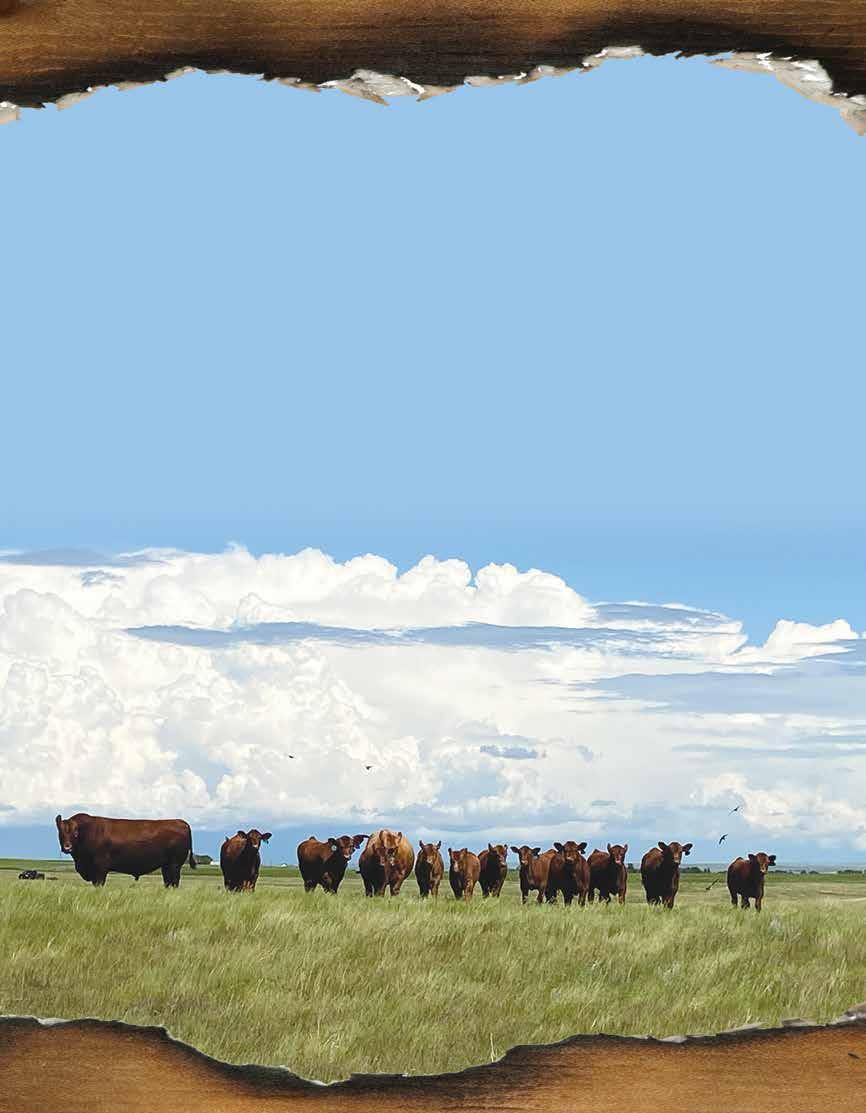
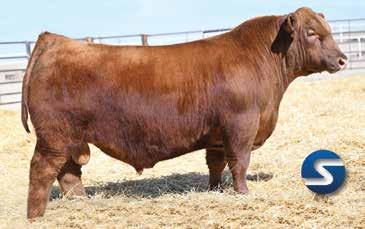


SLGN WIDELOAD 920W
PELTON WIDELOAD 78B
PELTON MISS JAYLA 0508S
PIE ONE OF A KIND 352
LEM ONEKIND 933 ET
LEM MS DIRECTION 712 ET
UBAR HIGH CAPACITY 224
MEADO-WEST PERSUASION
NEO-SHO DIRECT TICKET M517
PELTONS MISS CORY 5037N
BUF CRK THE RIGHT KIND U199
PIE FAYETTE 1160
ANDRAS NEW DIRECTION R240
SIX MILE SIERA 655A
LEM Invasion 2016 ET offers overwhelming power, depth and muscle. He’s wide made and stands on a perfect set of feet and legs. A true high-performance, high-fertility sire with calving ease and a well-balanced high-level EPD profile. His PIE ONE OF A KIND dam is a performance and calving-ease specialist with an ideal udder. At 13 months of age, INVASION froze 444 units of high-quality semen on his first-ever collection at Nebraska Bull Service. On his second collection, he produced 479 units verifying his incredible fertility! Top Dollar Angus qualified sire. Use INVASION to sire profit-oriented, noholes, real-world type cattle. Semen available from DK Red Angus or Lemke Red Angus.

Contact us today to order your semen!


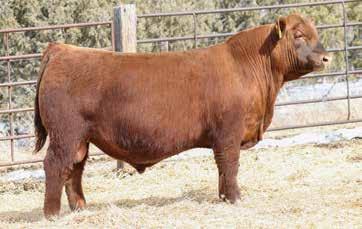


BD Cat. % Reg. #
3/2/22
LEACHMAN PLEDGE A282Z
KJL/CLZB COMPLETE 7000E
HXC 507C
PIE ONE OF A KIND 352
PIE RUBY 520
PIE RUBY 381
LSF NEXTPECTATION 0083X
LCOC ZARA TG004
BECKTON NEBULA P P707
HXC 502R

BUF CRK THE RIGHT KIND U199
PIE FAYETTE 1160
PIE CODE RED 9058
PIE EXPO 1162
In the fall of 2022, we were told by two different cattle buyers that their clients were backing away from buying small-framed Red Angus and Angus calves. They wanted cattle that could excel in the feedlot and finish at larger carcass weights. So, in the spring of 2023 we went looking for the bull that would check all the boxes for the industry. We looked at a ton of bulls and had guys keeping an eye out across the country. We finally found him as Lot 2 in the Pieper Red Angus sale in a snowstorm. We even helped sort bulls in the morning on a snow-cleared alleyway so we could get a good look at this guy’s perfect feet. PIE Absolute 2415 has power, mass, exceptional length, a super disposition and an excellent set of feet and legs. His powerful dam, PIE Ruby 520, is the mother of PIE Quarterback 789. His great sire, KJL/CLZB Complete 7000E, is deceased and PIE Absolute 2415 could easily be his most powerful son to date. You will see a lot more progeny in the future. Pounds = $. Semen available from DK Red Angus or Pieper Red Angus.


into halves or quarters, keeping the cattle in those sections or grazing certain areas more heavily. Each pasture has a stream, so we set up virtual water gaps.”
Initially, GPS collars were designed for adult cows. However, Whitley discovered some of the yearlings slipped their collars or snagged them on obstacles, breaking the buckles. The collars were designed to break away so the animal would not become trapped.
“Unfortunately, we had some heifers go to the opposite end of the field to graze. The others saw them and wanted to go through the virtual fence to join their wayward buddies,” Whitley said.
In the meadows, Whitely’s team often needs to treat cattle for conditions like pinkeye or foot rot. Rather than moving them to a corral, they rope the cattle. Initially, there was concern about how the collars would hold up during this process or whether the cattle would bolt through the virtual fence while being pursued. Fortunately, they were able to keep the cattle away from the virtual fence and treat them without damaging the collars. The collars proved to be durable and the manufacturer has since redesigned them for a better fit.
Virtual fences can also help manage unwanted vegetation. Virtual fences can be used to confine cattle in areas where they’re able to graze the weeds. As Whitley explained, “We have briars and thistles in some pastures and generally mow or spray them but a person might hold the cattle there and make them eat it down.”
With the GPS feature, animals can be located at any given time in large-range pastures. “I could be in the house having coffee and check my phone to see if one is in the wrong pasture,” Whitley said. “Each collar had an ID and I’d know
which animal it was. I might find one in another group where it didn’t belong or outside the boundary. You could locate missing cattle and if the collar isn’t moving, assume the animal might be sick, lame or deceased.”
Near Malta, Montana, rancher Leo Barthelmess is harnessing virtual fencing to guide his Red Angus herd across 25,000 acres. Over the past few decades, he has expanded his operation from just four pastures to more than 30, using a robust rotational grazing system. In 2019, he took it a step further by adding over 30 miles of “fence” through remote control technology, all without driving a single new post.
The Barthelmess family works with the Ranchers Stewardship Alliance – a non-profit group in northern Montana aimed at sustaining biodiversity in America’s northern mixed-grass prairie for present and future generations.
“We had an opportunity to participate in virtual fence technology and wrote a grant to fund a pilot project on our ranch,” Barthelmess said.
Barthelmess’s grazing land lies within a 100-mile-wide migration corridor from Canada used by antelope, sage grouse and mule deer. “The conservation folks don’t want fences to impede wildlife movement, so virtual fencing was a good option,” he said.
“We put collars on some dry cows in November 2019 and turned them back out on our BLM allotment. That pasture is mixed private and public land and we targeted some crested wheat grass. Some of it never gets grazed but with virtual fence, we could make the cows use it in winter.”
Barthelmess said the BLM often takes a cautious approach to the number of cattle allowed to graze. However, when
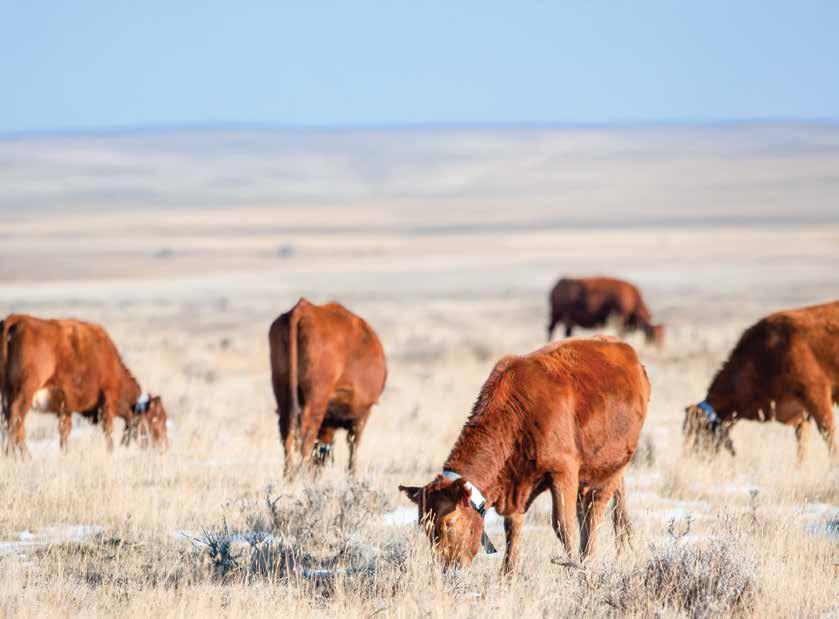


vegetation builds up it increases wildfire risk and hurts sage grouse habitat. Grazing older grass can reduce fuel loads and improve nutrition since younger regrowth is more palatable to both livestock and wildlife.
Virtual fence technology can be costly upfront but it’s important to consider that building or repairing traditional fences can also be expensive, particularly in challenging landscapes where standard fences might not be feasible. Over time, virtual fences offer long-term cost-effectiveness as they can be easily relocated as needed, all without obstructing wildlife movement.
“We put a boundary in the middle of nowhere and when 280 cows reached it, only 23 went through. We gathered them and pushed them back. The barrier is one-way so if they cross it, you can bring them back without shocking them. It worked pretty well even in areas they did not want to graze. We started feeding protein supplements and moved them across that rangeland,” Barthelmess said. “This let them graze dry grass into January and February saving hay.”
The Barthelmess family has continued using virtual fence and plans to collar cows again in April 2025. “Like many western ranches we have fences that are 80 years old and expensive to replace,” he said.
Melinda Ellison Ph.D., Nancy M. Cummings Research and Extension Education Center with the University of Idaho, near Salmon, Idaho, is an Extension range livestock specialist who has participated in several projects with virtual fencing. Joel Yelich, Ph.D., a senior researcher in range livestock at the center is also involved.

Melinda Ellison Ph.D
“The local BLM has been on board since the beginning. In 2022 we received an NRCS Conservation Innovation Grant and started the project in 2023. The first trial was on a BLM allotment in steep terrain in Lemhi County,” Ellison said.
“There were some electric cross-fences that elk kept tearing down. We wanted to exclude cattle from sensitive riparian zones and see if virtual fence would help.”
Pairs were turned out in mid-May. After calves were weaned, the cows went out again.
“We were able to compare how virtual fence affects cow-calf pairs versus dry cows later,” Ellison said.
She noted that results showed more than 90% containment. In some spots however, fence lines had to be adjusted. If an enclosed area is too small, virtual fencing is less effective.
The GPS accuracy can fluctuate by about 30 meters so it works well for large pastures but may not precisely exclude a half-acre riparian zone.
“Another issue is user error. If you draw a fence line where it’s too steep for cattle to turn around, they might just keep going,” Ellison said.
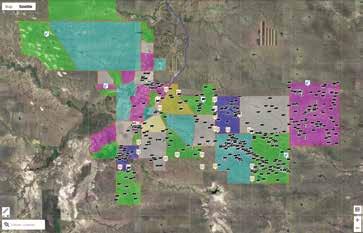

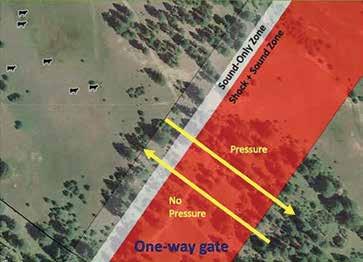

Auctioneer


SERAA GRASSTIME
SONSTEGARD CATTLE CO. - BULLS
5R FARMS
CHAIN RANCH RED DIRT ROUNDUP
STAR G RANCH AND FRIENDS
CHAPPELL RED ANGUS PRODUCTION
MISSISSIPPI FALL CLASSIC
REDS ON THE PRAIRIE
BIG SKY ELITE
SONSTEGARD CATTLE CO - FEMALES
ND RED SELECT
APR 5
APR 12
SEP 27
OCT 4
OCT 11
OCT 18
OCT 25
NOV 15
DEC 3
DEC 6
DEC 13

DOUDS, IA
MILL HALL, PA RAYMOND, MS BROOKINGS, SD
THREE FORKS, MT
MONTEVIDEO, MN MANDAN, ND

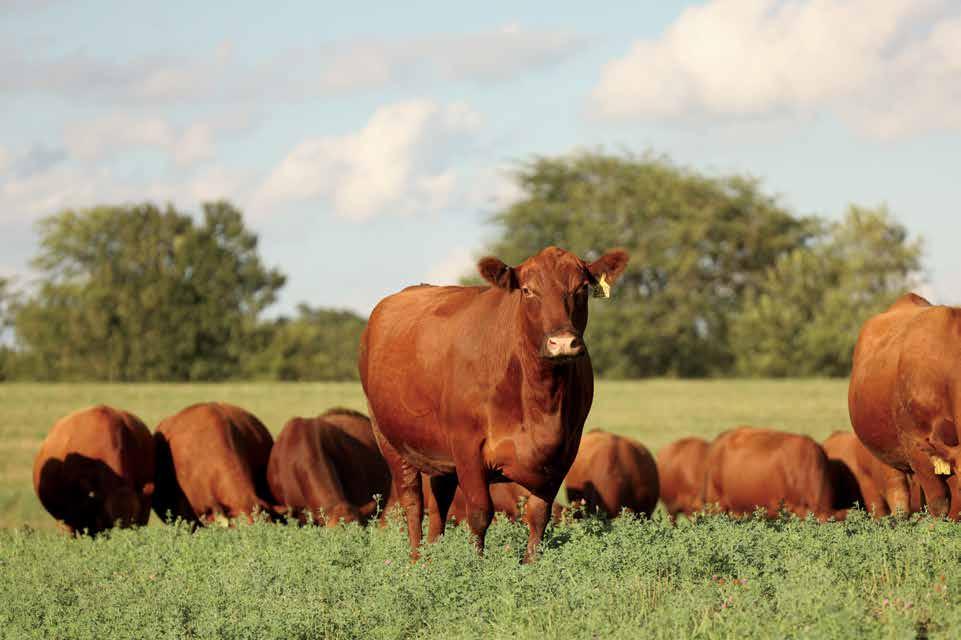
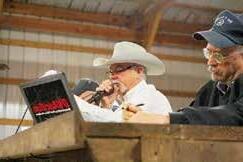
Even so, she found over 90% effectiveness for pairs and above 95% for dry cows. Because calves are not collared, they can inadvertently draw their mothers across the line.
In 2022 the Moose Fire that engulfed the Salmon-Challis National Forest, burned a vast area. Ellison said it forced ranchers to consider skipping a 75,000-acre allotment if they could not avoid newly burned ground. Approximately 700 pairs required new pasture but private land is scarce in Lemhi County, which is 93% federal land.
“Those producers asked about virtual fencing for the unburned part of that allotment. We scrambled for funding and got the Salmon-Challis Forest Service involved,” Ellison said.
That area transitions from BLM to Forest without a fence. According to Ellison, the Forest Service was cautious since they typically require two years of rest after a fire.
“We spent much of the winter discussing it. Eventually, they let ranchers turn out 300 cow-calf pairs with the requirement that all cows have virtual fence collars.”
Containment was 75% to 95% the first year, and saw an increase of 85% to 95% the following year. The GPS data also
helped track predation and noted times when cattle moved quickly if wolves chased them.
During the summer of 2024, more BLM allotments were added. One of the areas included Freeman Creek, a wellknown spawning area for fish. Because the route to the creek followed a steep slope, Ellison’s team opted to fence along the entire ridge. As a result, only a few cows ventured below, having little incentive to cross the line.
As research continues in Nevada, Montana, Idaho and other states, producers have become increasingly interested in virtual fencing as a way to manage grazing more efficiently and reduce overhead costs.
This evolving technology can help tailor grazing strategies, reduce labor and avoid investing in expensive infrastructure.
Various companies are steadily developing new products to meet rising demand and improved collar designs with data-driven insights allow producers to adapt quickly to changing range and environmental conditions. In doing so, they have the opportunity to better protect natural resources and maintain healthy herds while exploring new frontiers in ranching profitability. The question remains: Is virtual fencing the way of the future? //


April 3
Northern Lites Red Angus, Glasgow, MT
May 8 Koenig Red Angus, Glasgow, MT

26 Bar Cattle Co., Missoula, MT
Ahlgren, Winnett, MT
Blom Red Angus, Vida, MT
Boot Jack Cattle Co., Lewistown, MT
Bowles J5 Red Angus, Chinook, MT
Christensen Red Angus, Park City, MT
Clark Red Angus, Fishtail, MT
Dalton Cattle, Richfield, ID
Dry Creek Ranch, Amidon, ND
Flathead Farms, Kalispell, MT
Franz Ranch, Sidney, MT
Geib Red Angus, Dagmar, MT
Glacier Red Angus, Polson, MT
Harmony Hill Red Angus, Bozeman, MT
Heritage Red Angus, Chinook, MT
Hidden Hollow Ranch, Townsend, MT
Kingfisher Farm, Lolo, MT
Lost Creek Red Angus, Molt, MT
MARS Red Angus, Kinsey, MT
Mees Red Angus, Forsyth, MT
Meyer Cattle Co, Helmville, MT
Ostendorf Red Angus, Powderville, MT
Ott Red Angus, Reed Point, MT
Owings Red Angus, Powell Butte, OR
Red Fork Red Angus, Kaycee, WY
Rutledge Red Angus, Big Sandy, MT
Sheperd Red Angus, Cody, WY
Shoco Ranch, Augusta, MT
Smieja Red Angus, Belgrade, MT
Spear J Red Angus, Jordan, MT
Summers Red Angus, Flaxville, MT
Sweet Lady Farms, Molt, MT
TG Red Angus, Dagmar, MT
TJB Reds, Powell, WY
Walking T Genetics, Joliet, MT
Wiseman Red Angus, Glasgow, MT

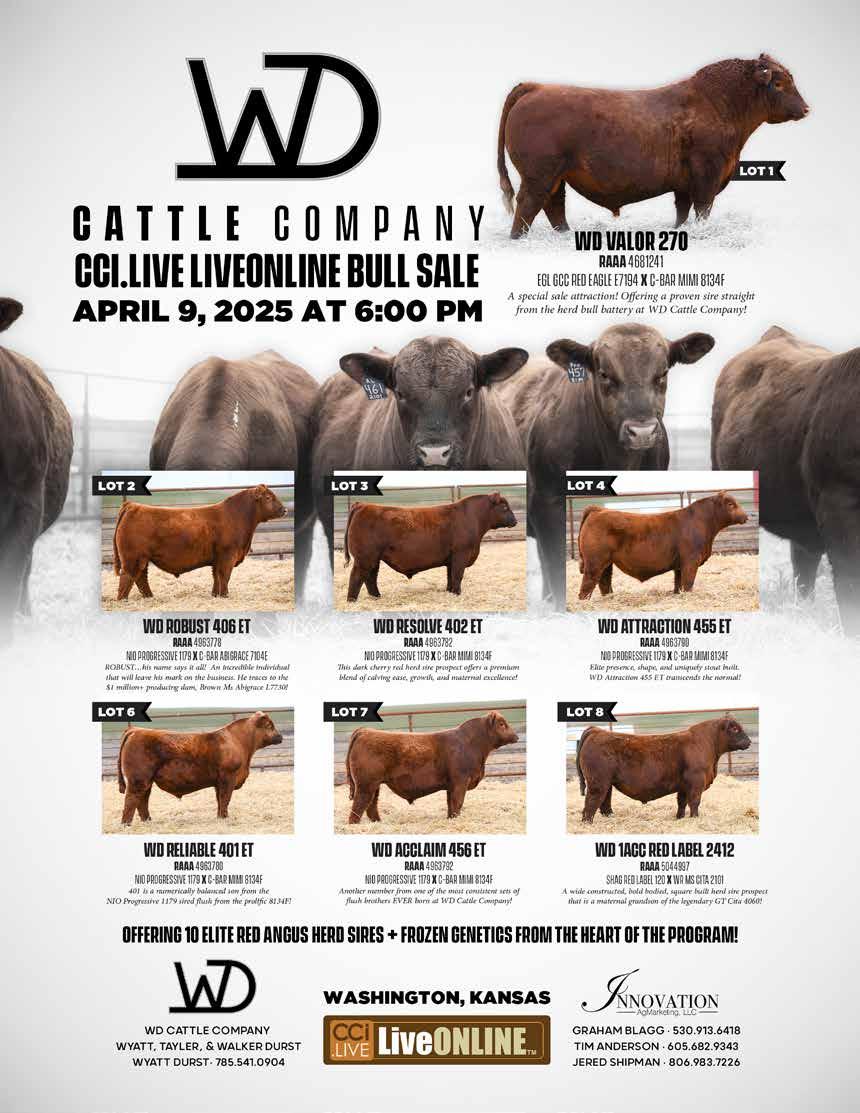
Red Angus boosts profitability with docile temperaments, environmental resilience, premium carcass quality and exceptional maternal traits. Registrations have surged by 24% over the past decade, underscoring Red Angus’ significance across all segments of the beef industry.


BARENTHSEN-BULLINGER
RED ANGUS
Mark & Kathy Barenthsen
Jeremy & Jessica Bullinger
Powers Lake, ND • bbredangus.com
Mark: 701/464-5741 • 701/339-1834
Jeremy: 701/464-4893 • 701-339-2899
Jessica: 701/339-7922 mkbar@nccray.com • jbullinger@nccray.net
BRADEMEYER FARMS
Mike Brademeyer • Verona, ND 701/742-2598 • 701/710-0445 kbrademeyer@drtel.net brademeyerfarmsredangus.com
BRENNER ANGUS
Sidney & Melva Brenner • Carson, ND 701/584-3335 • 701/471-9135 brennersmb@gmail.com
BROKEN HEART RANCH
Gary & Chad Pederson • Firesteel, SD 605/865-3190 • 605/850-9878 bhrredangus@lakotanetwork.com www.pedersonredangus.com
CAMPBELL RED ANGUS
Robert Campbell • McIntosh, SD 701/422-3721 • 605/845-4812 campbellra@westriv.com www.campbellredangus.com
DAHLKE RED ANGUS
Bryantt Bolduc • Arlan Dahkle Bagley, MN 218/533-0259 • 218/694-6727 dahlkerancher@yahoo.com dalhlkeredangus.com
DK RED ANGUS
Scott Kueffler • Grenora, ND 701/694-3620 • 701/641-0519 redangus@nccray.com www.dkredangus.net
DRY CREEK RANCH
Max and Haley Robison • Amidon, ND 701/523-8285
Max: 406/461-3462 • Haley: 701/523-8285 haley@drycreekranchnd.com www.drycreekranchnd.com
FORSTER RED ANGUS
Kenneth Forster • Richardton, ND 701/974-2450 • 701/290-2450 forsterredangus@yahoo.com www.forsterredangus.com
HEART RIVER RANCH
Chuck & Annette Steffan • Belfield, ND Annette: 701/290/9745 • Chuck: 701/260-4630 heartrivergenetics@yahoo.com www.heartrivergenetics.com
HUBER EY RED ANGUS
Bryan & Emmy Huber • Jud, ND 701/685-2687 • Bryan: 701-320-8054 Alex: 701-709-0850 Emmy: 701-320-1995 emmy@drtel.net • www.hubereyredangus.com
KALBERER RANCH
Jesse & Susan Kalberer • Bismarck, ND 701/425-0111 • Jesse: 701/471-4388 kalbererjesse@hotmail.com www.kalbererfarms.com
KAL-KOTA RANCH
Ed Kalianoff • Steele, ND 701/475-2694 • 701/471-4006 kalkota@bektel.com • www.kalkotaranch.com
KOESTER RED ANGUS
Steve & Tracey Koester • Steele, ND Steve: 701/400-1611 • Tracey: 701/391-5440 koesterredangus@gmail.com www.koesterredangus.com
L83 RANCH
Ben Lodoen • Rylee Marthaler
Wyatt Lodoen • Jennie Lodoen • Westhope, ND
Ben: 701/201-0477 • Rylee: 701/263-1018 Wyatt: 701/263-1787 • Jennie: 701/263-1016 lodeoncattle@gmail.com • L83Ranch.com
LARSON’S LOST RIVER
David Larson • Dan Larson • Clearbrook, MN
David: 218/766-3323 • Dan: 402/560-4052 david.larson.lrl@gmail.com www.lostriverlivestockmn.com
LAZY D RED ANGUS
John & Sara Berg • Cody Berg • Williston, ND
John: 701/826-4211 • 701/570-9788
Cody: 701/826-4231 • 701/570-0730 lazydredangus@yahoo.com
April 2 Missouri River Red Angus, McKenzie Co. Ag Expo, Watford City, ND
April 6 Twedt Red Angus Embryo Sale, DVAuction.com
April 7 Presser Red Angus, Ranch, Turtle Lake
April 24 Kuhn’s Red Angus and Huber EY Red Angus, Napoleon Livestock, Napoleon
LAZY J BAR RANCH
John & Stephanie Jung • Mina, SD John: 605/228-1743
Stephanie: 605/380-1796 lazyjbarranch@yahoo.com lazyjbarranch.com
LELAND RED ANGUS
Melvin & Luella Leland
Melvin: 701/565-2347 • 406/489-1465
Todd & Carla Leland • Sidney, MT Todd: 701/565-2361 • 406/489-1466 lelandra@restel.net • lelandredangus.com
LONE TREE RED ANGUS
Brad Schecher • Bison, SD 605/244-5972 • Brad: 605/430-2787 lonetreeredangus@hotmail.com www.lonetreeredangus.com
MCGEE RED ANGUS
Doug & Darcy McGee • Bowman, ND Kruze & Bailey Robinson Doug: 701/523-6086 Bailey: 701/523-6179 • Kruze: 701/449-6597 ddmcgee@ndsupernet.com bailey_mcgee@ndsupernet.com mcgeeredangus.com
MISSOURI RIVER RED ANGUS
Blake & Whitney Wold • Watford City, ND 701/770-4105 missouririverredangus@gmail.com missouririverredangus.com
NORDLUND STOCK FARMS LLC
Mike Nordlund: 701/799-0943 Sam Nordlund: 701/799-1613 Clearbrook, MN nordlundstockfarm@gvtel.com nordlundstockfarm.com
OHR RED ANGUS
Edward, Jeanne & Carl Olson • Argusville, ND Ed: 701/238-3601 • Carl: 701/361-0684 olsoncandc@aol.com • olsonredpower.com
OLAND RED ANGUS
Klay and Kassie Oland • Leonard, ND 701/238-2492 • klay.oland@gmail.com
PRESSER RED ANGUS
Troy Presser • Turtle Lake, ND 701/447-2855 • 701/220-0189 tpresser@westriv.com
May 3 Oland Red Angus, Ranch, Sheldon, ND May 31 ND Junior Red Angus Field Day, Medora, ND
Dec. 12 NDRAA Annual Meeting & Banquet, Bismarck, ND
Dec. 13 ND Red Select Sale, Kist Livestock, Mandan, ND
Website: ndredangus.org • Facebook: North Dakota Red Angus Association
RESSLER LAND & CATTLE
Mark or Bryan Ressler • Binford, ND 701/789-0191 • 701/789-7294 contact@resslerlandandcattle.com www.resslerlandandcattle.com
RHODES RED ANGUS RANCH
Jordon Rhodes: 605/228-9301 • Faulkton, SD Jackson Rhodes: 605/216-7841 kellirhodes6@hotmail.com jordan.rhodes@live.com
ROHRICH’S CUTTING EDGE RANCH
Rick, Amber & Kaden Rohrich • Steele, ND Rick: 701/391-1911 • Kaden: 701/934-4178 cuttingedgeranch@bektel.com
SCHRIEFER RANCH LLC
Marc, Jodi, Riley, Cheyenne Schriefer Golden Valley, ND 701/870-4292 • 701/879-2609 701/983-4292 • 701/870-4292 marcjodi@icloud.com schrieferredangus.com
SEEGER & RUSCH RED ANGUS
Brandon & Dixie Rusch • Sherill Seeger New Salem, ND • ruschvet@gmail.com Brandon: 701/226-5479 • Dixie: 701/426-9443 Sherill: 701/400-5077 seeger-ruschredangus.com
TURTLE RIVER CATTLE CO.
Ron & Ryan Clemetson • Grand Forks, ND 701/739-0639 • 701/741-6407 trreds@hotmail.com
TWEDT RED ANGUS
Sam Twedt • McHenry, ND 701/262-4768 • 701/388-4035 twedtredangus@hotmail.com www.twedtredangus.com
VALNES RANCH RED ANGUS
Emit & Jayme Valnes • Eden, SD 605/698-6596 • 605/228-8857 valnesranch@hotmail.com • valnesranch.com
WASEM RED ANGUS
Chris & Jolyn Wasem • Halliday, ND 701/938-8365 • 701/260-1513 jolyn.wasem@gmail.com wasemredangus.com
ND Red Angus Association
President: Bryan Ressler
Vice President: Ben Lodoen
Immediate Past Pres.: Sam Twedt
Directors: Ryan Clemetson, Rick Rohrich, Max Robison & Blake Wold
Sec./Treas.: Chuck & Annette Steffan 701/290-9745
ndredangus.org
heartrivergenetics@yahoo.com

Harold Hughes
Harold Patrick Hughes passed away peacefully on Feb. 21, 2025, in Polson, Montana, at 85. Born July 26, 1939, in Benson, Minnesota, to Lawrence and Pauline (O’Leary) Hughes, he was the third of five children. The family moved to Williston, North Dakota, when he was 8.
Harold played football, basketball and baseball at Williston High School and later served in the U.S. Army. Afterward, he attended North Dakota State University, where he played football. On Aug. 18, 1962, he married the girl next door, Patricia Ann (Gauthier) Hughes. During their 63 years of marriage, they supported their children and grandchildren in sports such as football, rodeo and 4-H. He remained a devoted Catholic, cherishing his faith.
For 17 years, Harold taught high school math and coached football in Fairview and Columbia Falls, Montana. He helped
Nordlund Stock Farm, LLC Feb. 15, 2025 • Clearbrook, Minnesota
Commercial Bred Heifers
High-Selling Bulls
NSFR Freedom M55, Lot 3, a son of NIO American Freedom 1005 x Basin Payweight 1682, topped the sale by selling to Ronnie and Kelsey Pope of Colorado, and Bieber Red Angus of South Dakota, for $31,000.
NSFR Jumpstart M91, Lot 24, a son of Bieber Jumpstart J137 x RREDS Blueprint H001, sold to Bullis Creek Red Angus of Nebraska, for $28,000.
NSF Statesman M28, Lot 61, a son of Virginia Tech Statesman x HA Prime Cut 4493, sold to Dave Bauman of North Dakota, for $14,000.
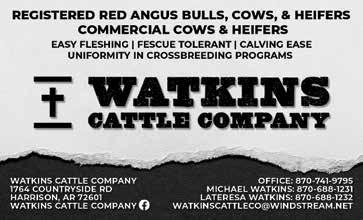
establish a state-of-the-art weight room in Columbia Falls, where his teams often competed for conference championships.
In 1980, Harold and Patricia transitioned to full-time ranching in Polson, building a registered Red Angus herd and selling seedstock nationally and internationally. He served as president of both the Montana Red Angus Association and the Red Angus Association of America, sat on the Polson school board and served on the Immaculate Conception Church council.
Harold was preceded in death by his daughter, Teri Hughes; parents; and brother Ed Hughes. He is survived by his wife, Patricia; siblings JoAnn Emery, Richard Hughes and Stephen (Sandra) Hughes; children Vince (Michelle) and Chris (Diana); 18 grandchildren; and 15 great-grandchildren.
A patriarch by every measure, known for his unshakeable faith, service, work ethic and quick wit. Memorial donations may be made to Western Montana Stockman. //
NSF Jameson M86, Lot 52, a son of Basin Jameson x Sydgen Enhance, sold to Cuttin K Angus Ranch of Minnesota, for $13,500.
NSFR Freedom M19, Lot 1, a son of NIO American Freedom 1005 x Brown Oracle, sold to Twedt Red Angus of North Dakota, for $12,500.
High-Selling Bred Heifer
NSFR Bloom L21, Lot 87A, a daughter of PIE Quarterback 789 x HA Prime Cut 4493, bred to NIO American Freedom, sold to Twedt Red Angus of North Dakota, for $10,000.
High-Selling Heifer Calves
NSF Eileen M12, Lot 127, a daughter of Sitz Feat 729H x Basin Payweight 1682, sold to Rohrich’s Cutting Edge Ranch of North Dakota, for $12,500.
NSFR Lakota M31, Lot 107, a daughter of PIE Quarterback 789 x RED Minburn Copenhagen, sold to Hartway Red Angus of New York, for $10,000. //

Rob Brawner
88102 S Wood Lake Rd Wood Lake, NE 69221 402-376-4465 www.bulliscreek.com

Rosebud Reds Keith Sistad 218-431-0641 ksistad55@gmail.com
dh Red Angus Darrel Holliday 541-805-5672 dhollidayranch@gmail.com
Dry Creek Ranch Max & Haley Robison Max: 406-461-3462 Haley: 701-523-8285 haley@drycreekranchnd.com
Valnes Ranch Red Angus Emit Valnes 605-228-8857 valnesranch@hotmail.com valnesranch.com



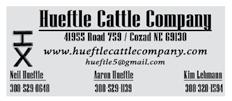

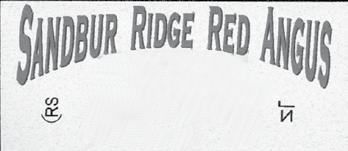





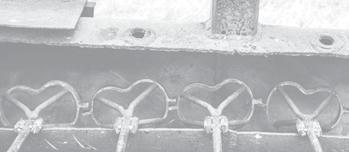



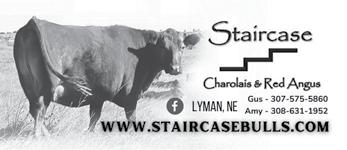
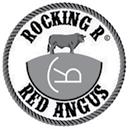
Area 1 –West
Director – George Murdock
GILLILAND LIVESTOCK, INC
RON GILLILAND 8787 MACE BLVD DAVIS, CA 95618
DALLIN HAWKINS 6168 E 113 N IDAHO FALLS, ID 83401
LEE RED ANGUS
RICK & CHAD LEE 3172 N 3800 E HANSEN, ID 83334
BILL WARD
5645 SE 1ST AVENUE NEW PLYMOUTH, ID 83655
ROCKING LAZY M
MADISON BLECHSCHMIDT 24714 SE MUD MOUNTAIN ROAD ENUMCLAW, WA 98022
Area 2 – Montana
Director – Kay Klompien
EMMA BRIST PO BOX 853 KILA, MT 59920
NAOMI BRIST PO BOX 853 KILA, MT 59920
LOGAN MEHLHOFF 97 DUNCN DISTRICT RD SHERIDAN, MT 59749
LARISA OLDENBURGER PO BOX 647 SHERIDAN, MT 59749
KYLE SHOBE, AUCTIONEER PO BOX 1190 LEWISTOWN, MT 59457
Area 3 – Rocky Mountain
Director – Aaron Kravig KELLUM CARNAHAN 17457 COUNTY RD 34 JULESBURG, CO 80737
THREE SISTERS FARM AND DAIRY
JENNIFER DIONISIO 1152 41ST LANE PUEBLO, CO 81006
KENNADEE KRAVIG
KENNADEE KRAVIG
14999 COUNTY ROAD 28 KARVAL, CO 80823
ARROW RANCH
JUSTIN & DESTINY BASTIAN PO BOX 42 NEOLA, UT 84053
J-CALVO FAMILY RED ANGUS
JOE CALVO 156 LANE 40 BURLINGTON, WY 82411
CROISSANT CATTLE CO.
CABE CROISSANT 850 ROAD 63 LAGRANGE, WY 82221
PAISLEY SHEPARD 584 BORDEAUX RD. WHEATLAND, WY 82201
Area 4 – Southwest
Director – Tony Ballinger
SOURS LAND AND CATTLE
JIM SOURS 2427 QUAY ROAD 37 GRADY, NM 88120
ROCKIN’ B RANCH
LANDON BRADY 658 COUNTY ROAD 4925 QUITMAN, TX 75783
LAWRENCE BROWN, JR. 4101 FM 1163 RD EL CAMPO, TX 77437
LYRICK CURRY 1396 FM 1476 DUBLIN, TX 76446
307 LAND AND LIVESTOCK RON FOLAND 400 MIDDLETON ROAD WEATHERFORD, TX 76088
AUDREY ROSE IVEY P.O. BOX 365 CARBON, TX 76435
SCOT JACKSON
21432 HWY 36 GUSTINE, TX 76455
MANAHAN CATTLE CO.
JEFF MANAHAN
1910 E CR 5300 LUBBOCK, TX 79403
M BAR D LLC
SUSAN MARQUES PO BOX 407 GORDONVILLE, TX 76245
REECE MEYER 1217 CR 400 BALLINGER, TX 76821
CHASAH RANCH, LLC
CRAIG ROEDER P.O. BOX 9104 WICHITA FALLS, TX 76308
SHIELDS RANCH
ROBERT SHIELDS
8837 NORTH STATE HWY 43 KARNACK, TX 75661

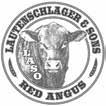

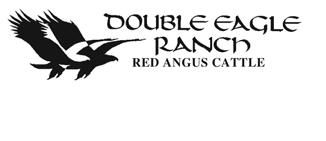








Area 5 – Northern Plains
Director – Stephanie Jung
B3 LIVESTOCK
BECCA, BREELEE, BARRETT
BERKENPAS
1469 COUNTY HIGHWAY 9 VERDI, MN 56164
MIDDLEROAD CATTLE LLC
JACOB BIERSTEDT 386 61ST STREET CHANDLER, MN 56122
BLUFF COUNTRY GENETICS
RYAN HOLMEN
31868 STATE HWY 16 LANESBORO, MN 55949
BAR 48 RED ANGUS
DEVON JOHNSON 34061 180TH AVE ONAMIA, MN 56359
OLIVIA LONCORICH 8798 UNIT AVE STEWART, MN 55385
JAX FARMS
IZAIAH WALTON
403 21ST STREET SW AUSTIN, MN 55912
CURTIS W KNIGHT 23030 358 AVE GANN VALLEY, SD 57341
LOCKHORST FAMILY FARMS
ERIC LOCKHORST 30509 476TH AVE. ALCESTER, SD 57001
L Y BAR RANCH
CLANCY LYTLE 22781 CROOKED CREEK RD WALL, SD 57790
Area 6 – Great Plains
Director – Jason Anderson
LANDRY BEATON 7281 EAST ROAD 70 SCOTT CITY, KS 67871
CHRISTIE CATTLE CO.
JUSTIN CHRISTIE 1445 N 300 RD BALDWIN CITY, KS 66006
BRYCE HATFIELD 1614 DELAWARE ROAD POMONA, KS 66076
CREO SPEARS 2671 FAIR RD ABILENE, KS 67410
LONE BLUFF RED ANGUS
JAMES DANEHEY 601 1ST STREET COWLES, NE 68930
DUBAS CATTLE CO.
GENE DUBAS PO BOX 458 FULLERTON, NE 68638
SHAYLEE HARTMAN 61832 HWY 41 TECUMSEH, NE 68450
CARSON HOGUE 15291 HIGH AVE PURCELL, OK 73080
H5 RANCH LLC
SCOTTIE HOGUE 15291 HIGH AVE PURCELL, OK 73080
TURNER LONGACRE 16930 SLICK RD KELLYVILLE, OK 74039
MITCHELL RANCHES
MALONE MITCHELL 363 BROOKSIDE RD BOSWELL, OK 74727
MAYSA NAIL 519 WHEATRIDGE DRIVE WOODWARD, OK 73801
RIGGED DOWN RANCH
JEREMY SELF 1714 RODEO ROAD DURANT, OK 74701
Area 7 – Northeast
Director – Rob Hess
DICKSON FAMILY FARMS
SCOTT DICKSON 1719 S 150 W GREENFIELD, IN 46140
CLAYTON KELLEY
1307 N STATE ROAD 135 SALEM, IN 47167
PEACH OAK FARM
PAISLEY CAMPBELL 10839 SAINT MARTINS RD BERLIN, MD 21811
PC CATTLE OPERATIONS
PAUL BROERING 9140 CEMETERY RD ALDEN, MI 49612
FREEMAN CATTLE CO.
JON FREEMAN
11014 STEPHENSON RD ONSTED, MI 49265
THE CROWN JEWEL FARMS, LLC
JAMES & HEATHER CLONTZ/ CHRISTENBERRY 479 CROWN RD PEACHLAND, NC 28133
TRIPLE H CATTLE
BENJAMIN HAINES
1499 TURNPIKE ROAD ELIZABETH CITY, NC 27909
DANIEL HAINES 1499 TURNPIKE RD ELIZABETH CITY, NC 27909
KATY & AVA KEMMEREN 601 STUMPTOWN ROAD BAINBRIDGE, NY 13733
TUTTLE FARMS
AMARIAH TUTTLE 5199 HILLDOM RD KINGSVILLE, OH 44048
ADA HARNISH
3425 BLUE ROCK RD LANCASTER, PA 17603
CREEKSIDE
RED ANGUS FARMS
ELLEN HARNISH 3425 BLUE ROCK RD LANCASTER, PA 17603
ISAAC HARNISH 3425 BLUE ROCK RD LANCASTER, PA 17603
RHYA HARNISH
3425 BLUE ROCK RD LANCASTER, PA 17603
VIBRANT ROOTS FARM
JENNIFER MERRYMAN 28 OLIVER ROAD
SWEET VALLEY, PA 18656
SNYDER FAMILY FARM
OLIVIA SNYDER 925 LEHMAN ROAD CHAMBERSBURG, PA 17201
STOUFFER RANCH LUKE STOUFFER 2635 LEAFMORE RD CHAMBERSBURG, PA 17201
SHEPHERD COUNTRY FARM
SEAN BALL 26222 VETERANS MEMORIAL HWY TERRA ALTA, WV 26764
MARTIN FAMILY FARMS
MATTHEW MARTIN 705 ACES RUN ROAD FAIRMONT, WV 26554
Area 8 – Southeast
Director – Jim Yance ISBELL LAND & LIVESTOCK, LLC
LATRICIA ISBELL 4425 LILE LANE LEIGHTON, AL 35646
STEPHANIE PARISH PO BOX 1398 WALDRON, AR 72958
MALANIE UNDERWOOD PO BOX 1398 WALDRON, AR 72958
TATELYN WOOD PO BOX 1398 WALDRON, AR 72958
SACK FARM
RONALD SACK
3959 HIGHWAY 83 GOOD HOPE, GA 30641
HANNAH PLANTATION CATTLE CO.
WILLIAM THIGPEN 2430 RAY WEAVER RD CANON, GA 30520
CADEN M KEPHART 158 GARRETT RD PLEASUREVILLE, KY 40057
NIRVANA FARM LLC ANDRIA MENGUCCI
358 BLACKS CROSS RD PARIS, KY 40361
TRI FIVE RED ANGUS TRENT YOUNG 2358 RICHARDSVILLE RD BOWLING GREEN, KY 42101
WILLIE PIERCE
486 COUNTY ROAD 2339 BAY SPRINGS, MS 39422
JONAS CROOKS
390 S. RETREAT RD. WESTMINSTER, SC 29693
D SQUARED LIVESTOCK LLC
THOMAS DOBBINS
102 BROOKS DRIVE TOWNVILLE, SC 29689
GIG CATTLE, LLC
ROY SUTTERFIELD 114 DEEP COVE CT SUNSET, SC 29685
FLYING HAWK RANCH
THOMAS HAWKINS
2280 LYNNVILLE HIGHWAY CORNERSVILLE, TN 37047














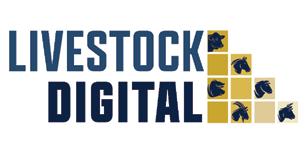



ELLIE POARCH 1913 FRANKLIN PIKE LEWISBURG, TN 37091
MAELEE POARCH
1913 FRANKLIN PIKE LEWISBURG, TN 37091
Area 9 – Midwest
Director – Will Andras
THEO KALINAY 1724 270TH ST TOLEDO, IA 52342
CLAY KLEVE 29103 EASTERN RD CASTALIA, IA 52133
KEIGAN KLEVE 29103 EASTERN RD CASTALIA, IA 52133
LH FARMS ANDREW LAMFERS-HILL 1304 4TH AVE NE BELMOND, IA 50421
MILEY OSSIAN 17873 P AVE LETTS, IA 52754
GREEN CASTLE SHORTHORNS
ROSEMARY THOMPSON 3012 GREEN CASTLE RD GILMAN, IA 50106
COLSYN WOOD 1671 SOUTH MILNER OTTUMWA, IA 52501
REESE ANDERSON 23632 NORTH 1950TH ST CHRISMAN, IL 61924
JAMES FLEXTER 121 N HOLLY RD OLNEY, IL 62450
FLEXTER FAMILY RED ANGUS
KEVIN FLEXTER 6882 N ROAD CLAREMONT, IL 62421
GRACELYNNE LASHMETT 865 LASHMETT LANE WINCHESTER, IL 62694
KAOLIN LEWIS
3278 BOONE ST RD SALEM, IL 62881
PARKER LEWIS 3278 BOONE ST RD SALEM, IL 62881
PORTER LEWIS
3278 BOONE ST RD SALEM, IL 62881
LEVI SCHURR 2771 180TH AVE MILAN, IL 61264
PARKER BLACK 6059 NW COUNTY RD 7521 AMORET, MO 64722
BOOTH FARMS
ROBERT BOOTH 763 STATE HIGHWAY EE BLUE EYE, MO 65611
ALLISON CAMPBELL 11342 MARIES ROAD 225 DIXON, MO 65459
TYLER DIXON 41 NE HIGHWAY O TRENTON, MO 64683
KAPP CATTLE AND GRAIN CHAD KAPP 16774 COUNTY ROAD 283 COSBY, MO 64436
RISING SUN RED ANGUS MATT KROPF 7240 SOUTH HWY 39 STOCKTON, MO 65785
ALYVIA KURRELMEYER 2811 ROSEBUD RD ROSEBUD, MO 63091
R & L CATTLE
RICK PENN 531 GRANT ROAD SOUTH WEST CITY, MO 64863
KALI ROGERS 18642 US HWY 65 PRINCETON, MO 64673
SARI ROGERS 18642 US HWY 65 PRINCETON, MO 64673
CALEB WENGER
3809 SOUTH JAYBIRD LANE FLORENCE, MO 65329
HAUGESTUEN RANCHES
KIRK HAUGESTUEN 1683 10 1/2 AVENUE BARRON, WI 54812
LUKE RASMUSSEN W11832 COUNTY ROAD GG HANCOCK, WI 54943 //











Registered Red Angus Cattle since 1978
32237 Hwy 58 • Ten Mile, TN 37880 Sales: Steve Burnette – 865 804-8156 mercerfarms@gmail.com


(864) 981-2080




OFFICERS
Andy Camp - President 770-601-3308 • redangus@bellsouth.net
Josh Pierce - Vice President 601-385-7575 • jbarsredangus@gmail.com
Jessica Yance – Secretary/Treasurer 334-790-4953 • jessica@jyjredangus.com
DIRECTORS
Jed Dixon • Jim Yance Danny Winchester • Tiffany Watkins Johnnie Cundiff • Brian Lance

1408 Co. Rd. 35 Horton, AL 35980
Breeding Red Angus since 1965! Henry, Jane, Jim, Kathy, Tim, James Ray & Natalie (205) 466-7612 • Tim Cell (205) 446-5090 tim@whitleyredangus.com


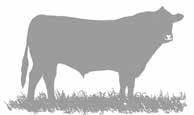







7633 Old Coffee Rd.

Ken & Cheri Graves (307) 738-2247
2384 Barnum Rd. • Kaycee, WY 82639
Email: gravesredfork@rtconnect.net
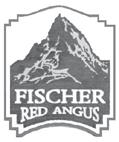



Luke Larson: (406) 207-6776
Amie & Teri Angelo: (406) 207-4046 angelocattleco@blackfoot.net
Angelo Lane
PO Box 361 • Drummond, MT 59832
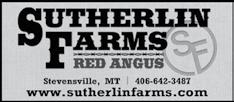


Raising Reg. & Comm. Red Angus Cattle Since 1990 Powderville, MT
406-554-3484 • 406-554-3152 • C: 406-853-0502
Tom: 406-951-2772 • Aaron: 406-853-2885 tlostendorf@rangeweb.net
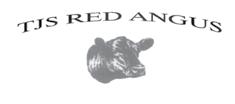





Knebel Gallatin Gateway, MT • (406) 223-4964 www.harmonyhillredangus.com


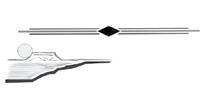


1721 Plevna Rd. • Plevna, MT 59344 (406) 778-3819 • ketchum@midrivers.com Dave & Kay Klompien & Family 8129 Amsterdam Rd. Manhattan, MT 59741 (406) 581-4043 • (406) 581-2126 Email: klmpnra@gmail.com










AREA 1 - West
Alaska • California • Hawaii • Idaho • Nevada • Oregon Washington
George Murdock, Director • Keith Hickle, Region A Director
Western States Breeders are on page 68
Utah • Colorado • Wyoming – Aaron Kravig, Director
Cory & Katy Johnson 5822 CR 23 • Veteran, WY 82243
Cory 307-575-0169 • Katy 307-575-2677

Brian and Jamie Jo Axtell PO Box 21 – Anton, CO 80801 970.383.2332 or 970.554.1132 www.axtellcattlecompany.com Follow us on Facebook!
AREA 2 - Montana
“Cattle Working for You”
Sound Udders – Great Dispositions
Moderate Frames – Calving Ease – Excellent Growth www.kravigredangus.com h1: 719-446-5355 • h2: 719-446-5391
Karval, Colorado
Recently p chased Crump Red Angus H d

Bull Sale - Feb. 27, 2025 Lewiston, Idaho www.mccannredangus.com
Lori McCann • 208-743-5517
Minnesota • North Dakota • South Dakota
Craig Bieber, Region B Director Stephanie Jung, Director













12523 245th Ave Firesteel, SD 57633 (605) 850-9878 or (605) 865-3190 bhrredangus@lakotanetwork.com www.pedersonredangus.com

Robert and Kara • Robby 5096 Campbell Rd • McIntosh, SD 57641 701-422-3721 www.campbellredangus.com Producing Cattle That Perform For The Cattleman
Diamond C North Dakota
RED ANGUS
The Olsons

Annual Sale in March

Chase and Tiffany Furstenau Cavalier, ND 701-520-0671 chasefurstenau@gmail.com www.diamondcnd.com
Scott & Connie Kueffler
Michala & Kirsti • Bonnie Kueffler Box 187 • Grenora, ND 58845 701-694-3620 (h) • 701-641-0519 (c) redangus@nccray.com • www.dkredangus.net
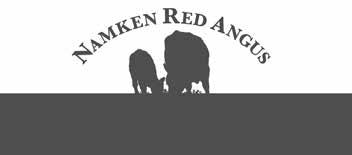
Kansas
Kansas


info@hergredangus.com



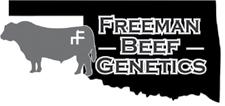
Dan







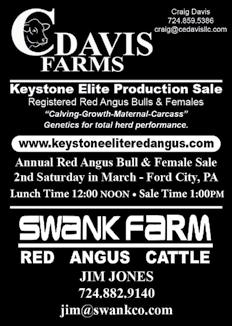
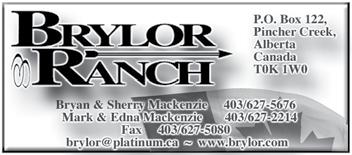
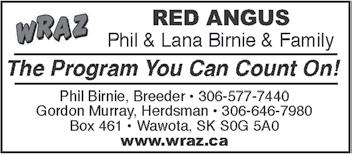

177
Stavely, AB TOL 1Z0
Phone: (403) 549-2234 • Fax (403) 549-2207
Email: office@angusworld.ca
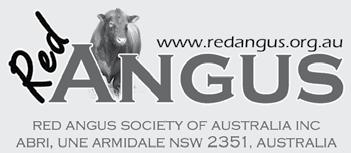




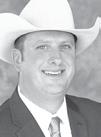
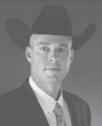

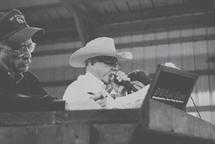



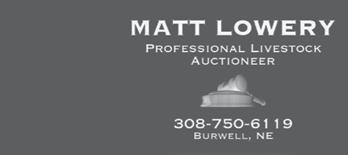







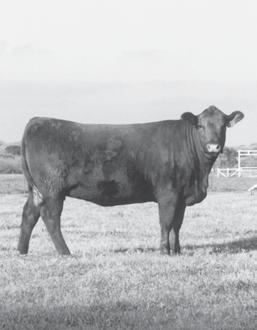
Texas Red Angus Champion Genetics
313 FM 2488
Covington, TX 76636 (254) 874-5868 • (817) 774-7204 cell www.peacockredangus.com
Where Quality Cattle are the Rule, Not the Exception!
TANNER RED ANGUS
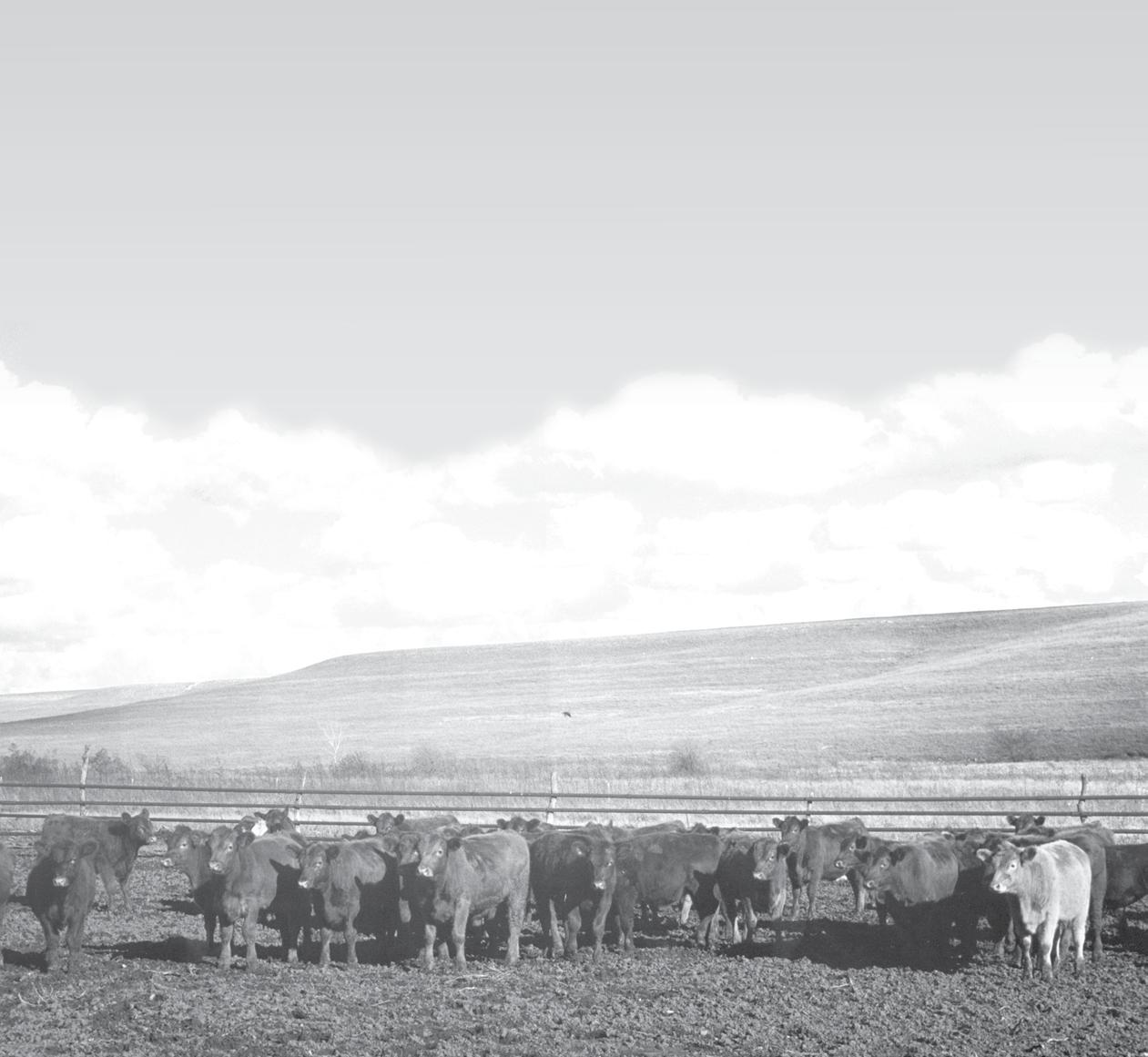
In the Flint Hills of Kansas
“Functional Cattle from the Heartland” 3627 NW 94th Rd Topeka, KS 66618 rtannerdvm@sbcglobal.net
Rick Tanner Family 785-640-2941
Bulls and heifers for sale by private treaty.

Leoti, KS • 620-874-1437 • fswedel@wbsnet.org WedelRedAngus.com • WedelBeefGenetics.com Annual Bull & Comm. Sale – 2nd Tues. of March
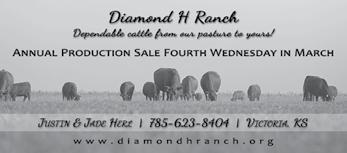

Simmental • SimAngus
Red Angus Private Treaty Bulls
Dustin Pelton 620-285-5465
Lynn Pelton 620-285-9934 Burdett, KS

2346B N Road • Strong City, KS 66869 Joe Mushrush (620) 340-7461 • Daniel Mushrush (620) 340-9774
Annual Sale Third Friday in March
Tim Flaming Ryan Flaming 620-382-4894 620-382-5107
REGISTERED RED ANGUS
465 170th • Hillsboro, KS 67063 620-367-8350 hm
HARMS PLAINVIEW RANCH
Mark and Kim Harms
2528 250th St. • Lincolnville, KS 66858 (620) 924-5544 • hprbulls@tctelco.net Red Angus - Angus - Charolais
“Your Partner in Progress” Bulls, Females and Embryos by Private Treaty

KEVIN & MARY ANN KNIEBEL

428 S. 2600 Road • White City, KS 66872 (785) 349-2821 • Fax (785) 349-2822 Email: kniebel@tctelco.net www.Kcattle.com

18 mo.& 2 yr. old Registered Bulls No feed ration, range tested, hard ‘n ready Commercial Bred Heifers in the fall
Rick Pflughoeft • Ellsworth, KS 785-472-3734 • 785-472-1033
“Red Angus since 1964” John & Dan Ramsdale 780 S.E. 130 Ave. • Murdock, KS 67111 (316) 542-3297 • (620) 532-6060
Private Treaty Bred Females and Bu s For Sale
Contact Ryan at 641-780-5952
With 52% of the 2024 calf crop ranking in the top half for BOTH GridMaster and HerdBuilder indexes, West Wind Red Angus cattle bring balanced maternal and terminal qualities, ensuring added value in both production and end markets.

Ryan & Jenny Hoksbergen Marlys Hoksbergen 641-780-5952
683 240th Place | Pella, IA 50219 westwindredangus.com westwindredangus@gmail.com
Red Angus stakeholders who are already using and loving Red Angus! It is wise to use a combination of social, digital and print media in your marketing strategy. You can now promote your genetics on the pages of the Red Angus Magazine or digitally on the website and in eNews. You can even link your catalog on the sale calendar!

Anthony Ranches, Ryan, OK
Pieper Red Angus, Hay Springs, NE 4 Zerr Red Angus, Oakley, KS 5 The Andras Kind Bull Sale, Manchester, IL 5 Dvorak Brothers, Atkinson, NE
5 Red Doc Farm “Red Hot Bull Sale,” Belen, NM
5 SERAA Grasstime Auction, Cullman, AL
Shoal Creek Land & Cattle, Excelsior Springs, MO
Six Mile Red Angus, Fir Mountain, SK, Canada
WBIA Performance Bull Program, Platteville, WI
Bailey Ranch, Rugby, ND
Presser Red Angus, Turtle Lake, ND
Beckton Red Angus, Sheridan, WY
WD Cattle Co., CCI.live
Feddes/C-T Red Angus Online Embryo & Semen, smartauction.co
5L Red Angus, Sheridan, MT
Ludvigson Stock Farms Spring Herdbuilder Bull Sale, Park City, MT
Red Angus Classic, Weston, WV
Cattle Co., Montevideo, MN
Moose Creek Red Angus Bull Sale, Kisby, SK, Canada
Bieber Red Angus Online Female Sale, DVAuction.com 17 Staircase Charolais & Red Angus Online Sale, dvauction.com
18 Grill’s Red Western Sale, Crawford, NE
23 Gill Red Angus, Timber Lake, SD
25 Kuhn’s Red Angus & Huber EY Red Angus, Napoleon, ND
26 New York Red Angus Assn “Right on Red” Bull and Female Sale, Waterloo, NY
27 Show-Me Reds Sale, Springfield, MO
May
3 Oland Red Angus, Sheldon, ND
8 Koenig Ranch Reds, Glasgow, MT
19 Red Hill Farms Maternal Monday, DPOnlineSales.com
8-13 Red Angus Youth Expo, Springfield, MO
31 ND Junior Red Angus Field Day, Medora, ND July
1 Final Ad Reservation/Editorial Deadline for July/Aug. Red Angus Magazine 14-18 Junior Red Angus Round-Up, Montana June



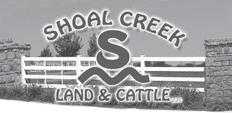

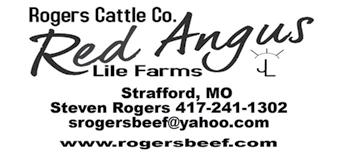
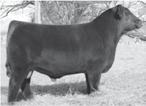




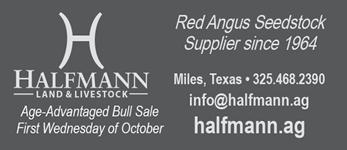




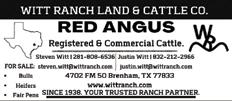
3K Land & Cattle Co. 79
4B Red Angus LLC 70
5L Red Angus 11, 73
Aberdeen Angus World 76
ABS 41
Adams, Arnold & Alicia 70
Andras Stock Farm 80
Angelo Cattle Co. 72
Axtell Cattle Co. 74
Bailey Ranch 32
Barenthsen-Bullinger Red Angus 74
Beckton Red Angus 1, 72
Beitia Livestock 68
Bieber Red Angus 5
BIM Red Angus 75
Bola Red Angus 69, 79
Bow Creek Farm & Cattle .......................... 75
Bowles J5 Reds 73
Brickhouse Farms 79
Brylor Ranch 76
Buffalo Creek Red Angus 49
Bull Hill Ranch 71
Bullis Creek Ranch 66, 67
C & J Red Angus Ranch 71
C-T Red Angus 29, 73
Calvo Family Red Angus 3
Campbell Red Angus 74
Cattle Visions 35
Cedar Hill Farm 75
Chappell Red Angus 75
Chiefline Red Angus 79
Choat Cattle Co. 67
Christensen Red Angus 73
Crockett Ranch 75
Cross Diamond Cattle Co. 67, IBC
Dahlke Red Angus 74
Daigger-Orr Red Angus 67
Darrel Holliday Ranch 68
Deichmann Livestock Brokerage 76
Diamond C North Dakota 74
Diamond H Ranch 77
Diamond P Cattle 71
Dixon Red Angus 21
DK Red Angus 57, 74
Drees, Eric 76
Dvorak Brothers Ranches 25
Emerald Earth 70
Explosive Cattle Co. 71
Feddes Red Angus 29
Finger Lakes Cattle Co. 75
Lautenschlager & Sons
Lazy J Bar Ranch 74
Leachman Cattle of Colorado .................... 59
Leland Red Angus 42, 72
Lemke Cattle 54
Livestock Digital 69
Loonan Stock Farm 76
Loosli Red Angus 68
Lost Creek Red Angus 73
Lowderman, Cody 76
Lowery, Matt 76
Lucht Red Angus 73
Ludvigson Stock Farms 20, 21
Maple Oaks Red Angus 79
McCann Red Angus 38, 68, 72, 74
McLean Red Angus 71
McMurphy Farms 75
McPhee Red Angus 68
Mercer Farms 71
Merck Animal Health 18, 19
Milk Creek Reds 73
Minnesota Red Angus Assn. 74
Missouri Red Angus Assn. 10
Montana Red Angus Assn 62
Moose Creek Red Angus 7
Mushrush Red Angus 77
Namken Red Angus 74
ND Red Angus Assn. 65
Nelson Red Angus 68
Northern Lites Ranch 73
NY Red Angus Assn. 15
OHR Red Angus 74
Oland Red Angus 16
Ory’s 07 Red Angus 79
Osborn Red Angus 71
Ostendorf Red Angus 72
Peacock Angus Ranch 77
Pederson’s Broken Heart Ranch 36, 74
Pelton’s Red Angus 77
Pieper Red Angus 9, 67
Plain Jan’s 77
Pleasant View Farms 17, 75
Polivka Farms Red Angus 67
Private Treaty Sales 67
Quality Genetics Red Angus 79
Quartz Valley Red Angus 68
RAAA Value-Added Programs 32 Ramdsale Reds 77 Red Angus Society of Australia Inc. 76 Red Angus Youth Expo 46
Cattle
Cattle Co.
Cattle Co.
Witt Ranch Land & Cattle Co.





Reaching over 10,000 Red Angus Buyers every
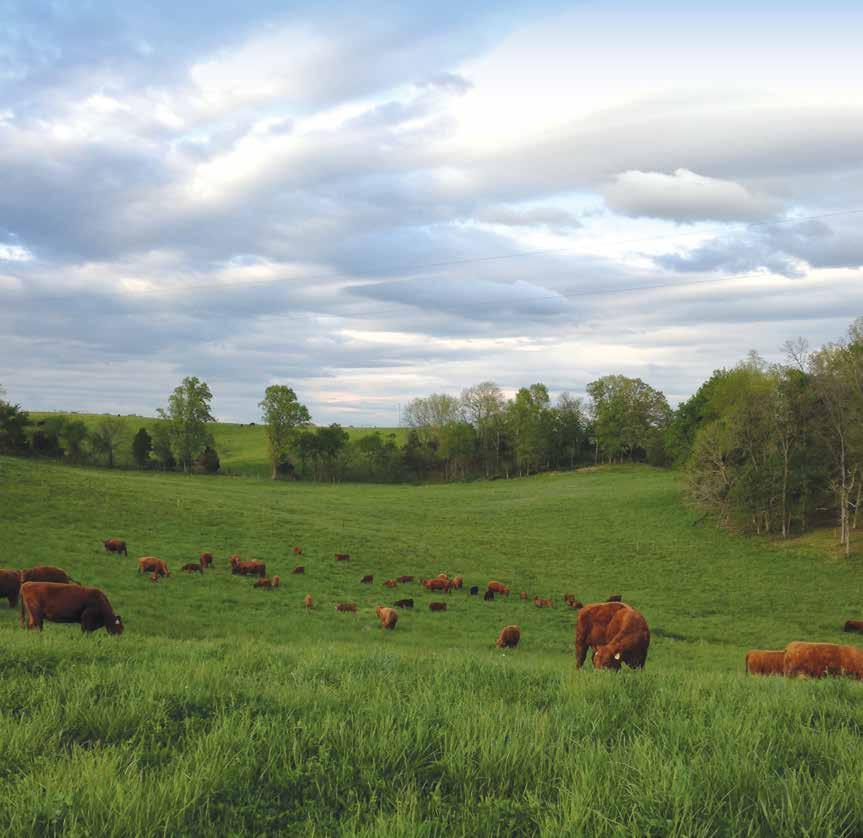
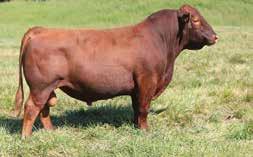



Please

10 Fall-Calving SimGenetics Bred Females Red Angus Semen Lots MAY



25 Fall-Calving Red Angus Bred Females
